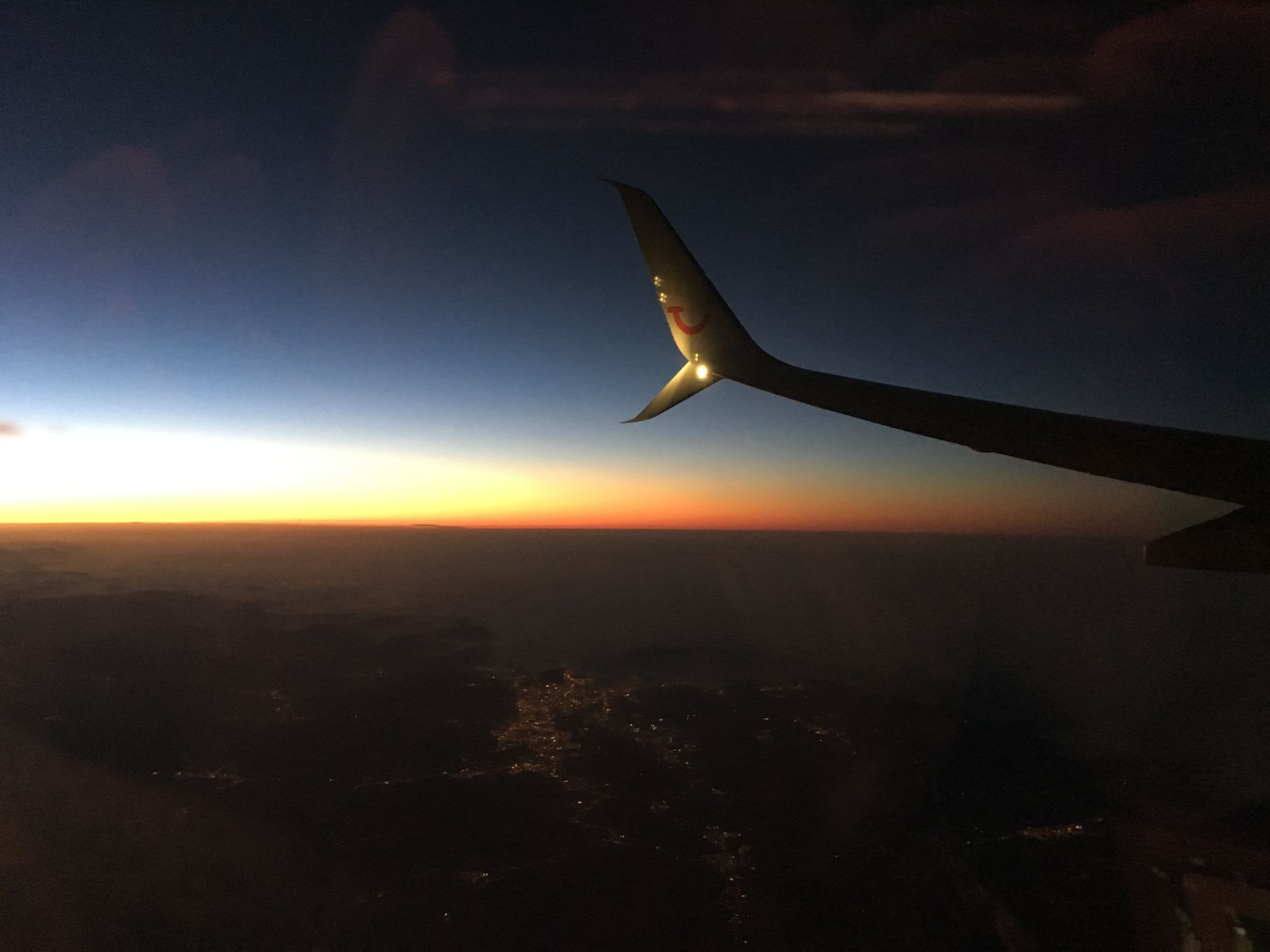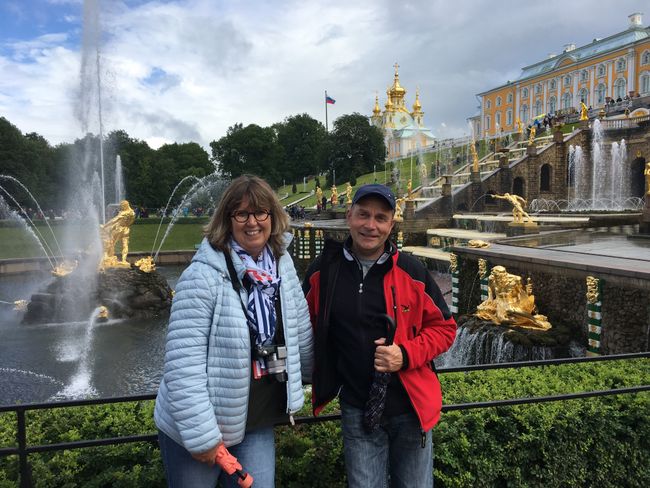Palermo, the Authentic
E hatisitsoe: 05.09.2019
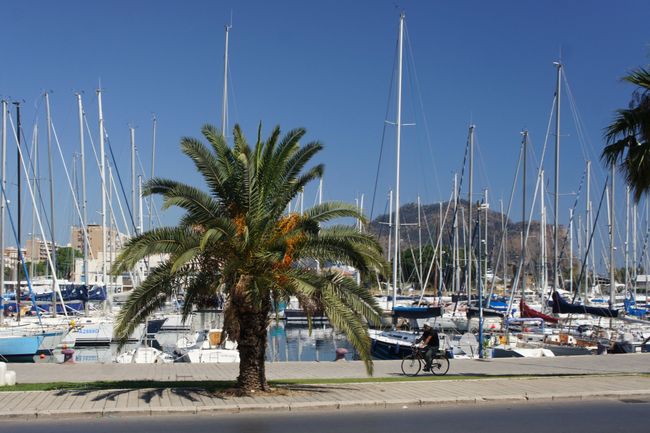
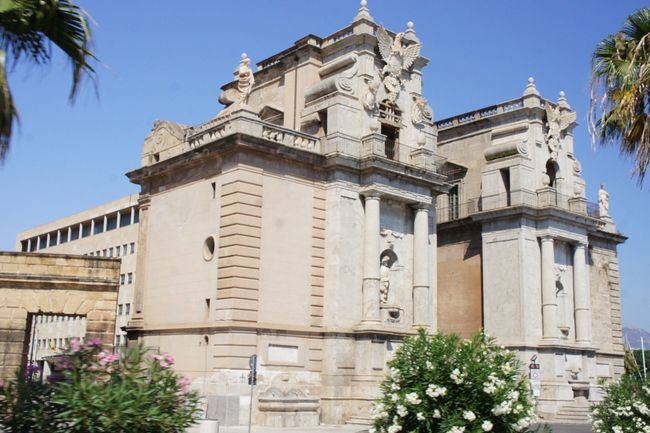
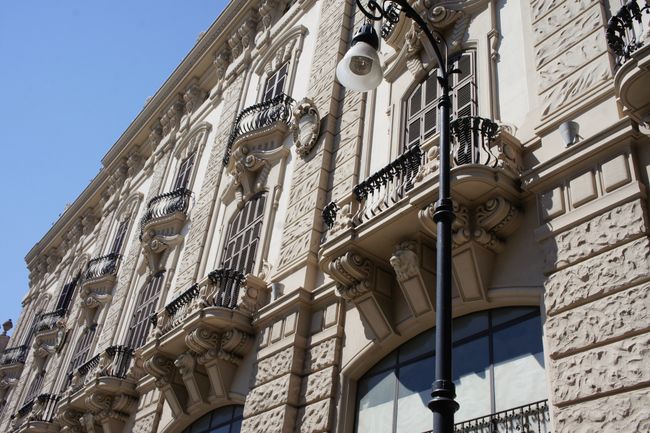
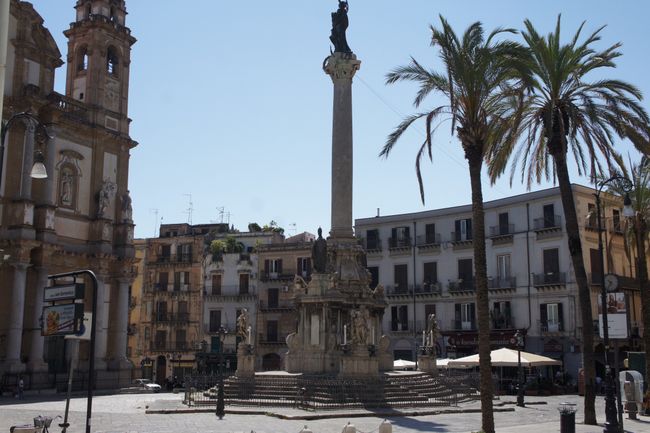
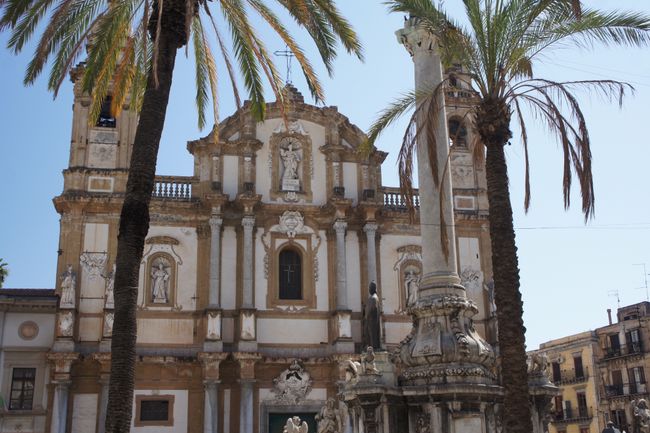
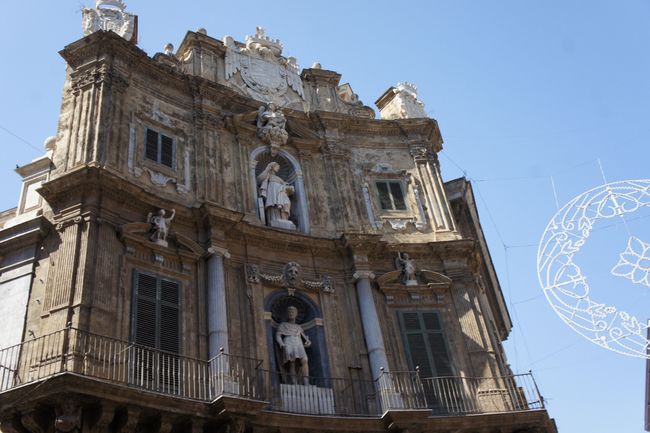
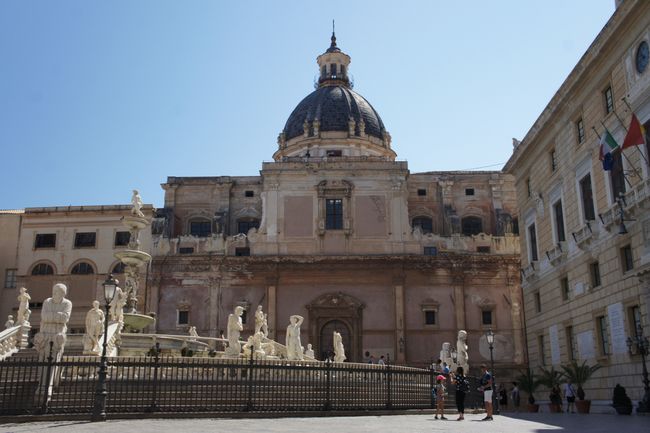
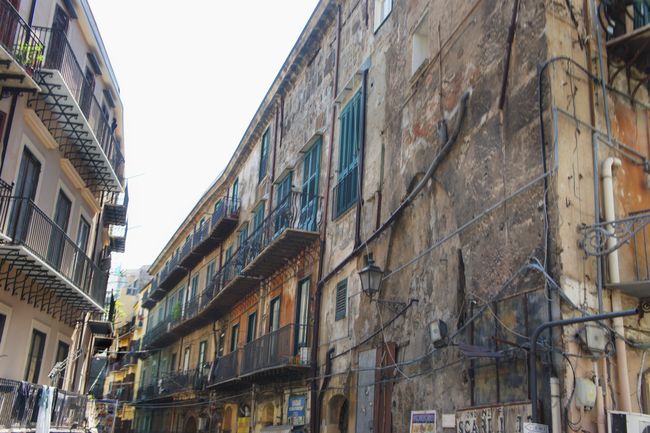
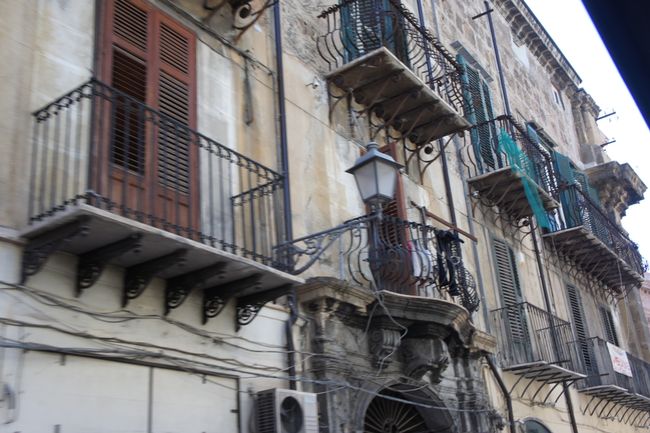
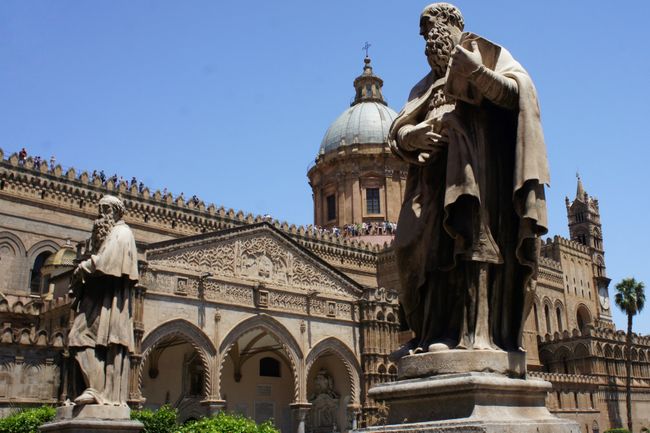
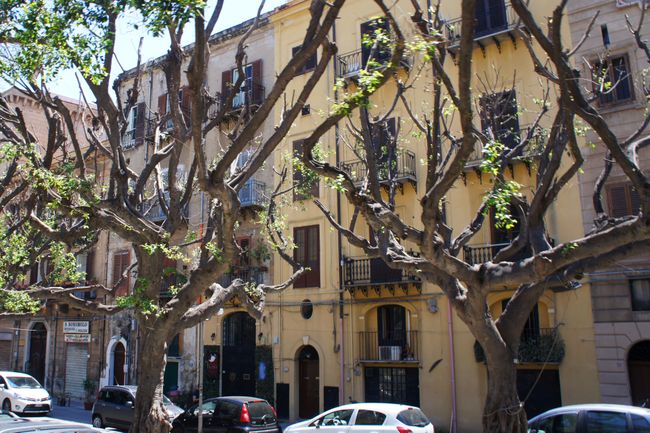
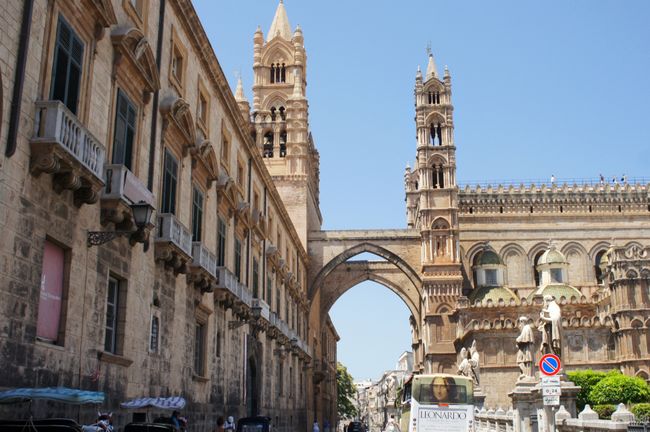
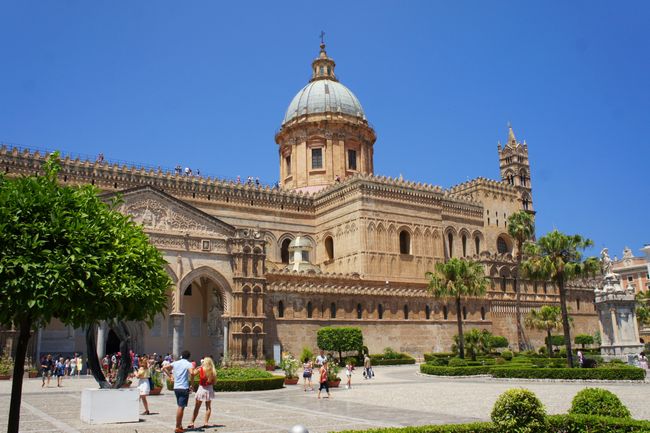
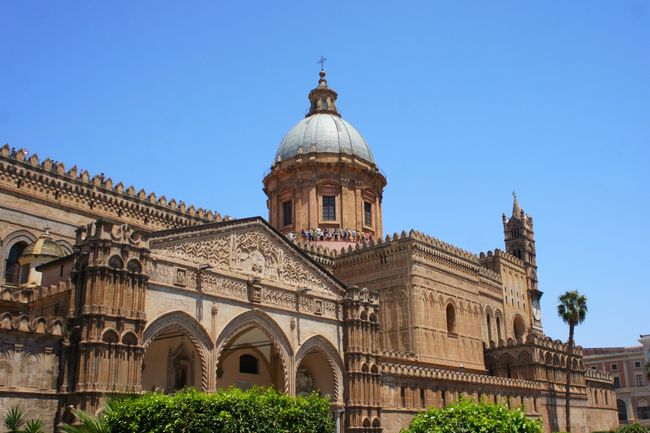
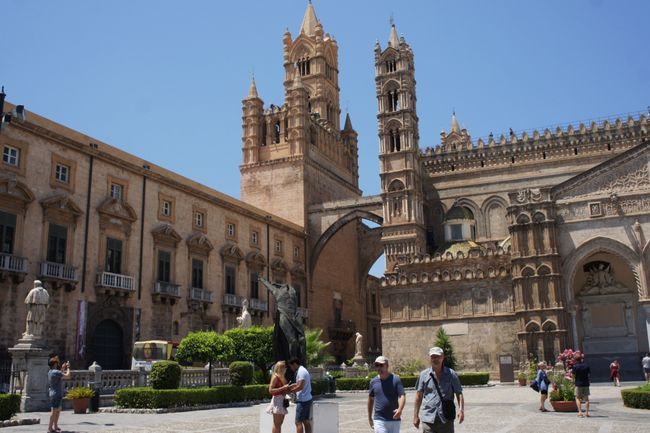
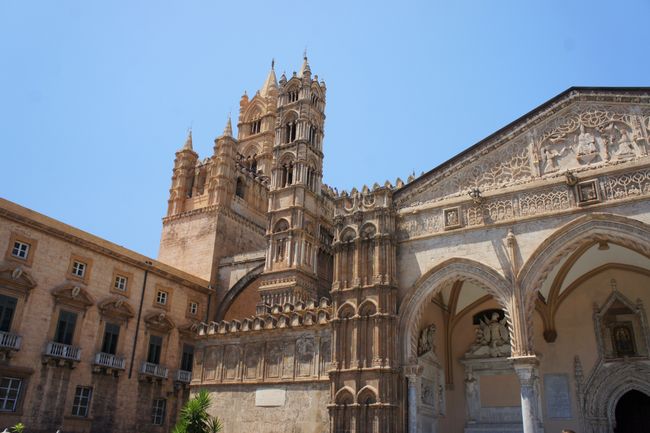
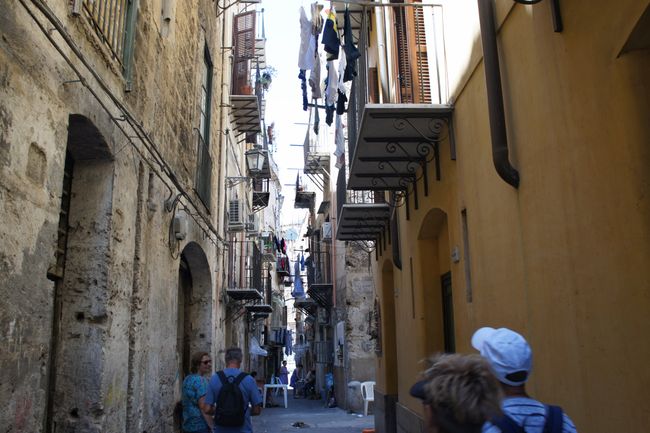
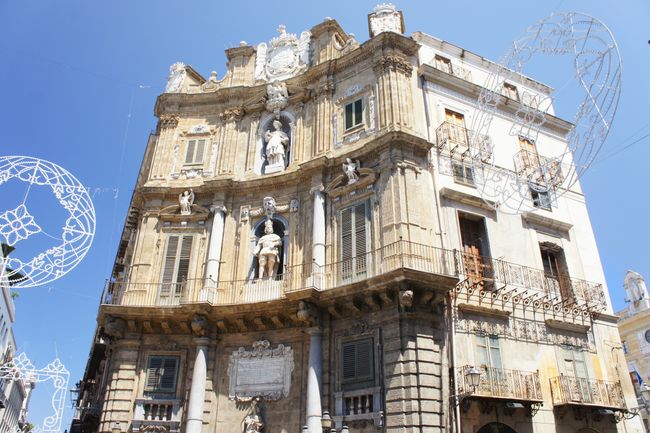
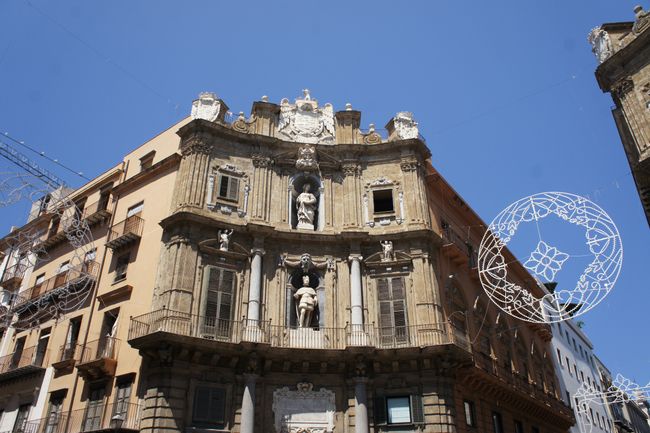
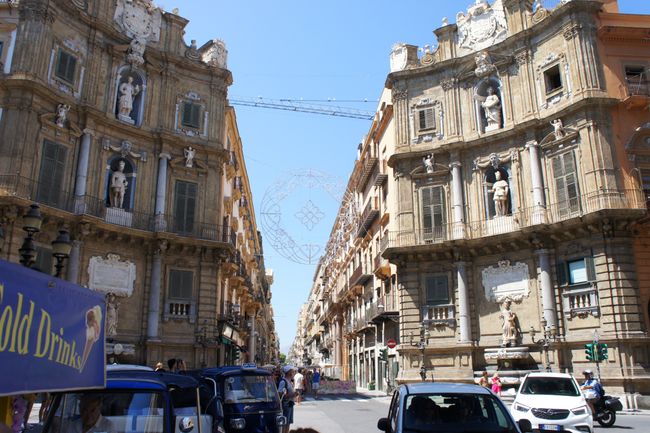
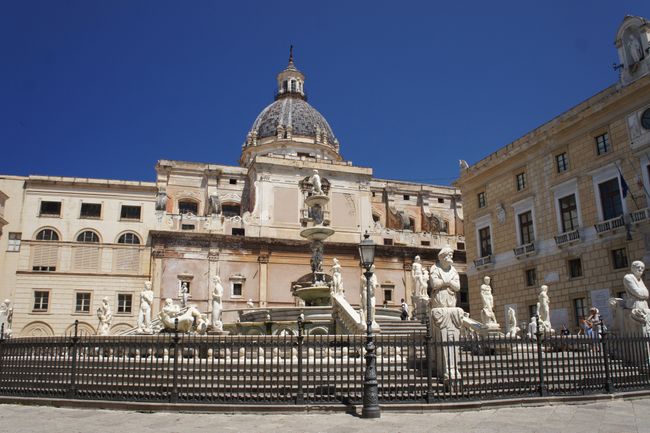
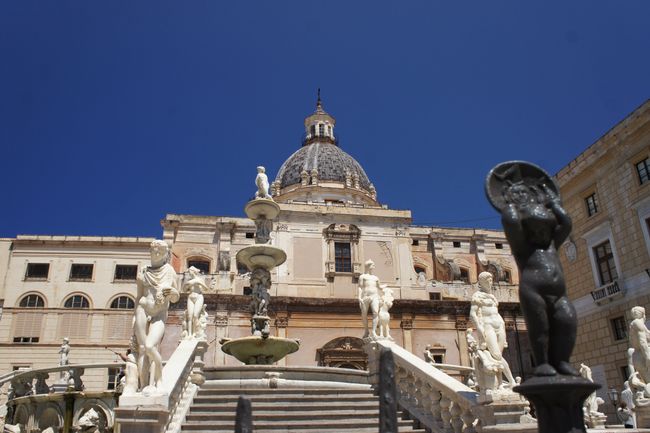
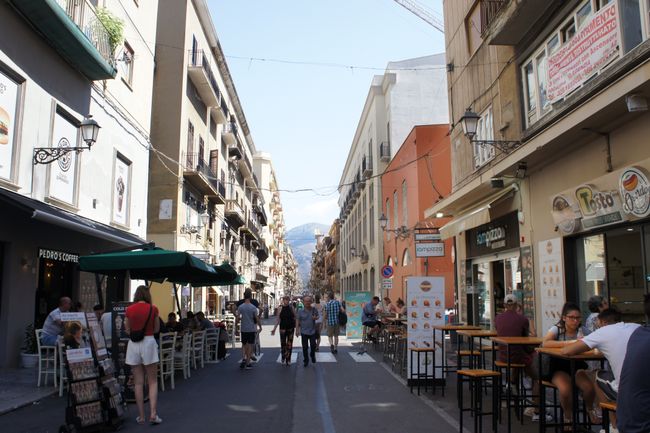
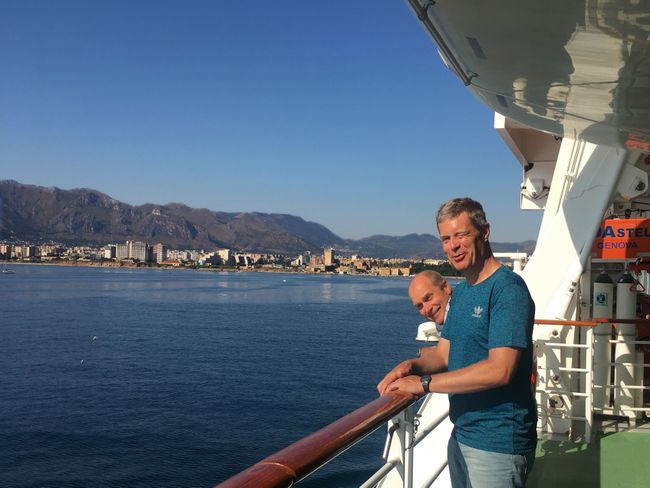
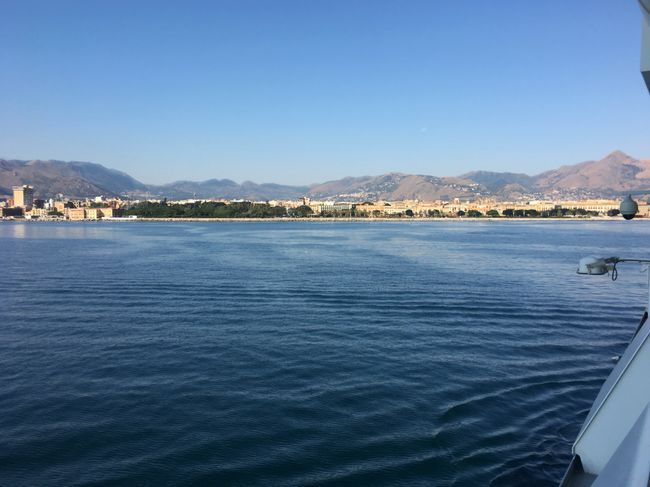
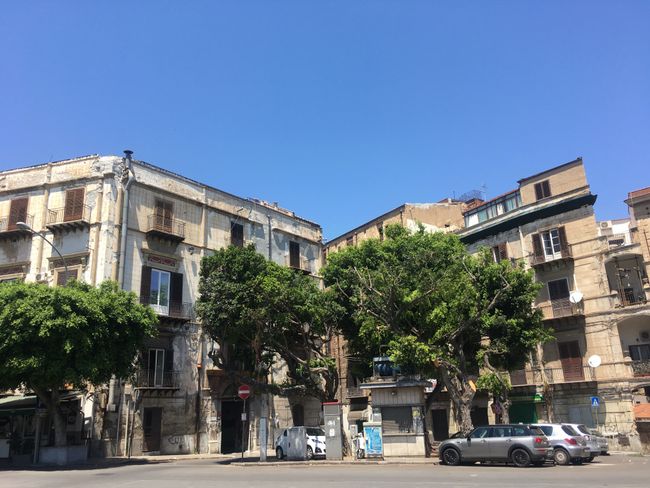
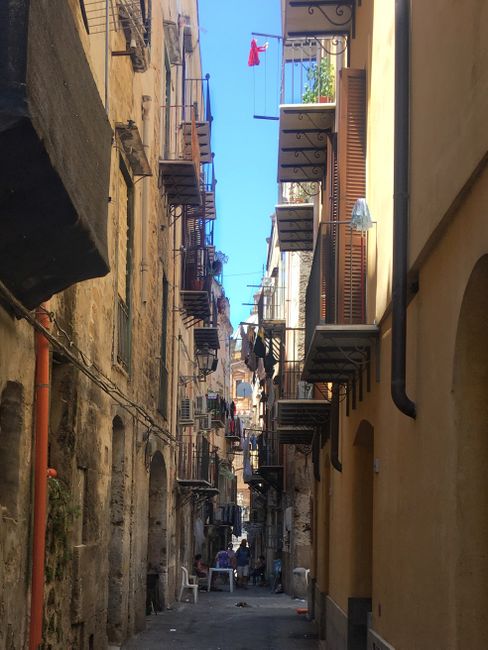
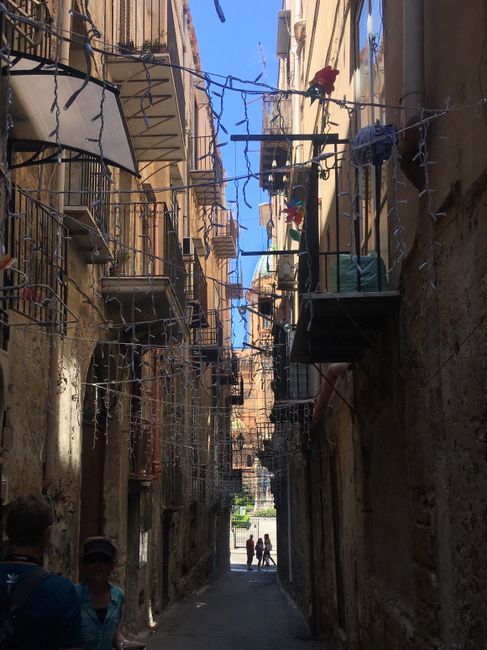
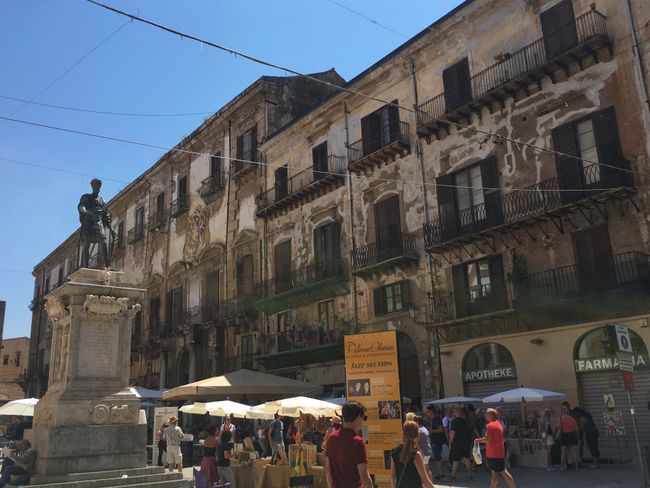
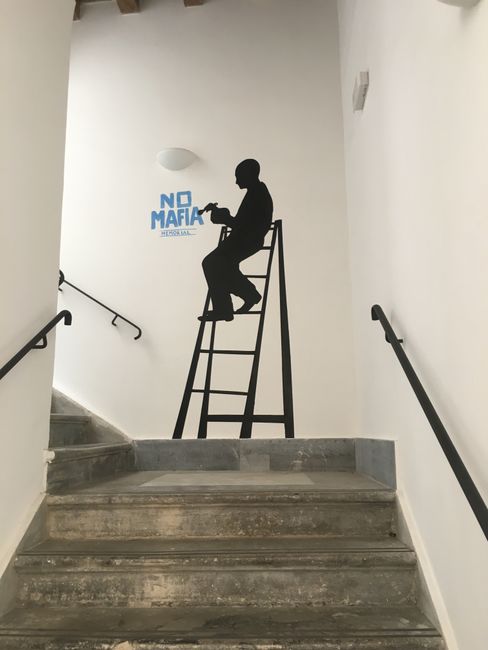
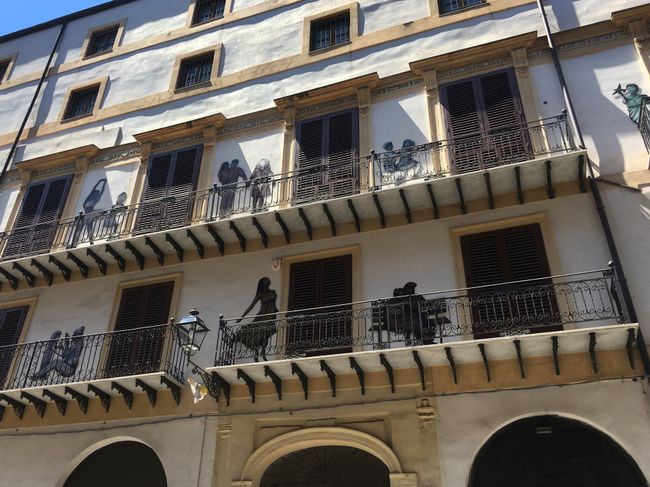
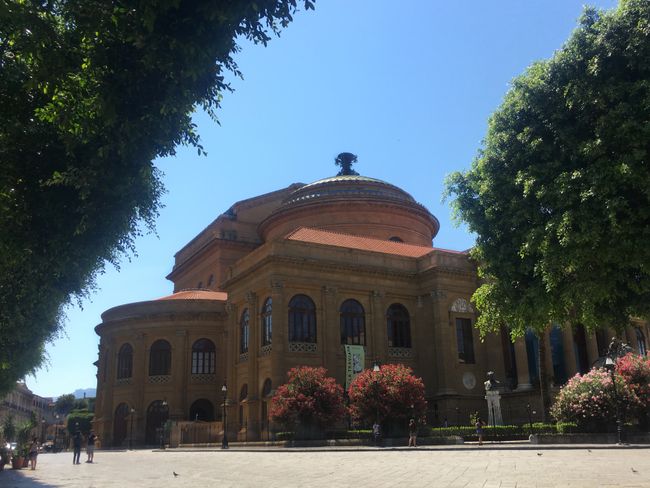
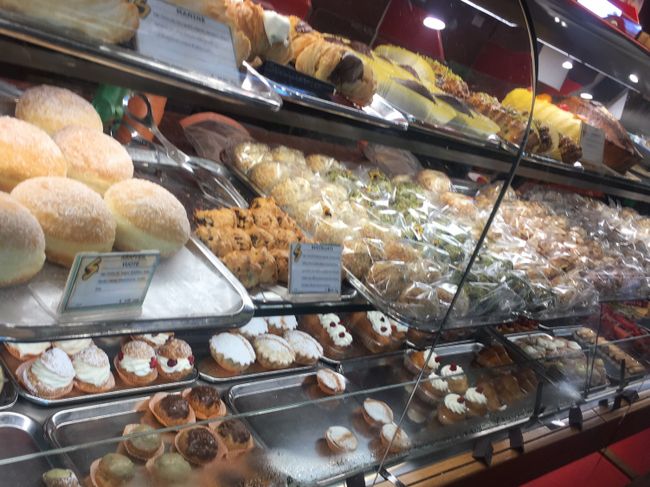
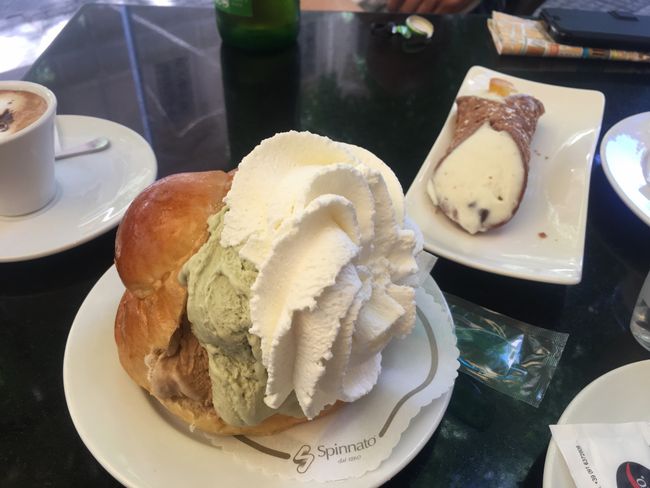
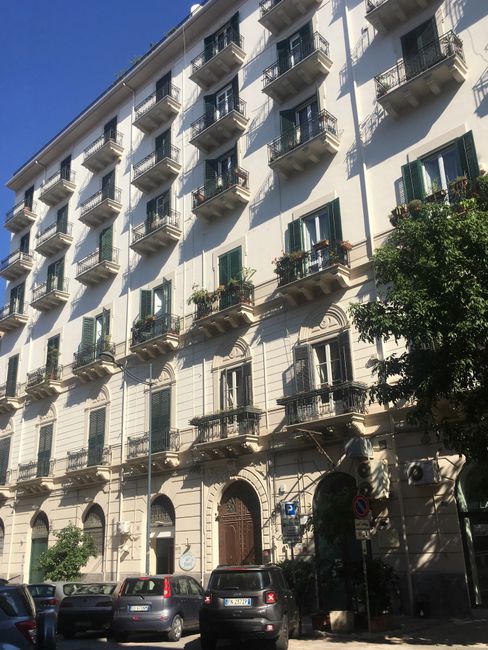
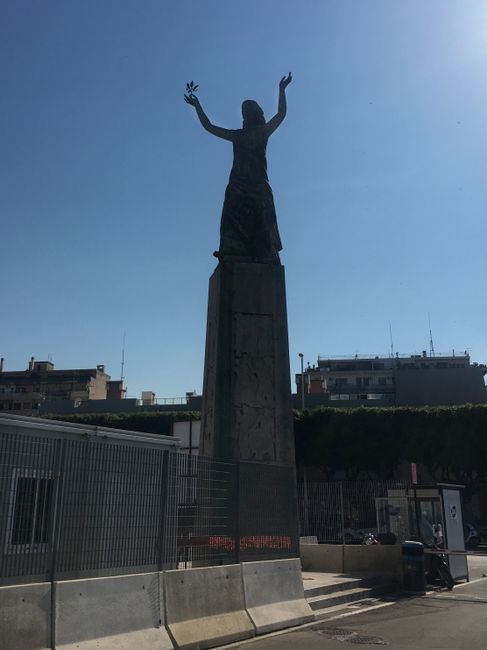
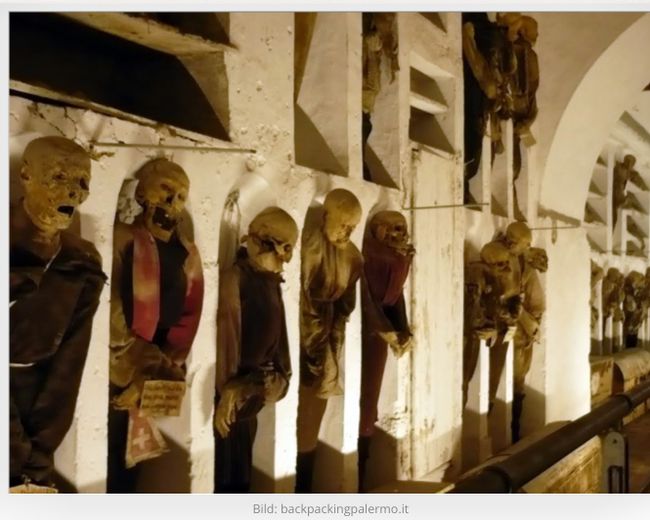
Ngolisa ho Newsletter
07/21/2019
AIDA Western Mediterranean

After the ship was released, we immediately left the port and boarded a hop-on-hop-off bus. Our first destination was the Capuchin Catacombs located at the other end of the city center. We wanted to arrive there early to avoid the crowds.
So we drove through the old town for half an hour and got a small impression of Palermo.



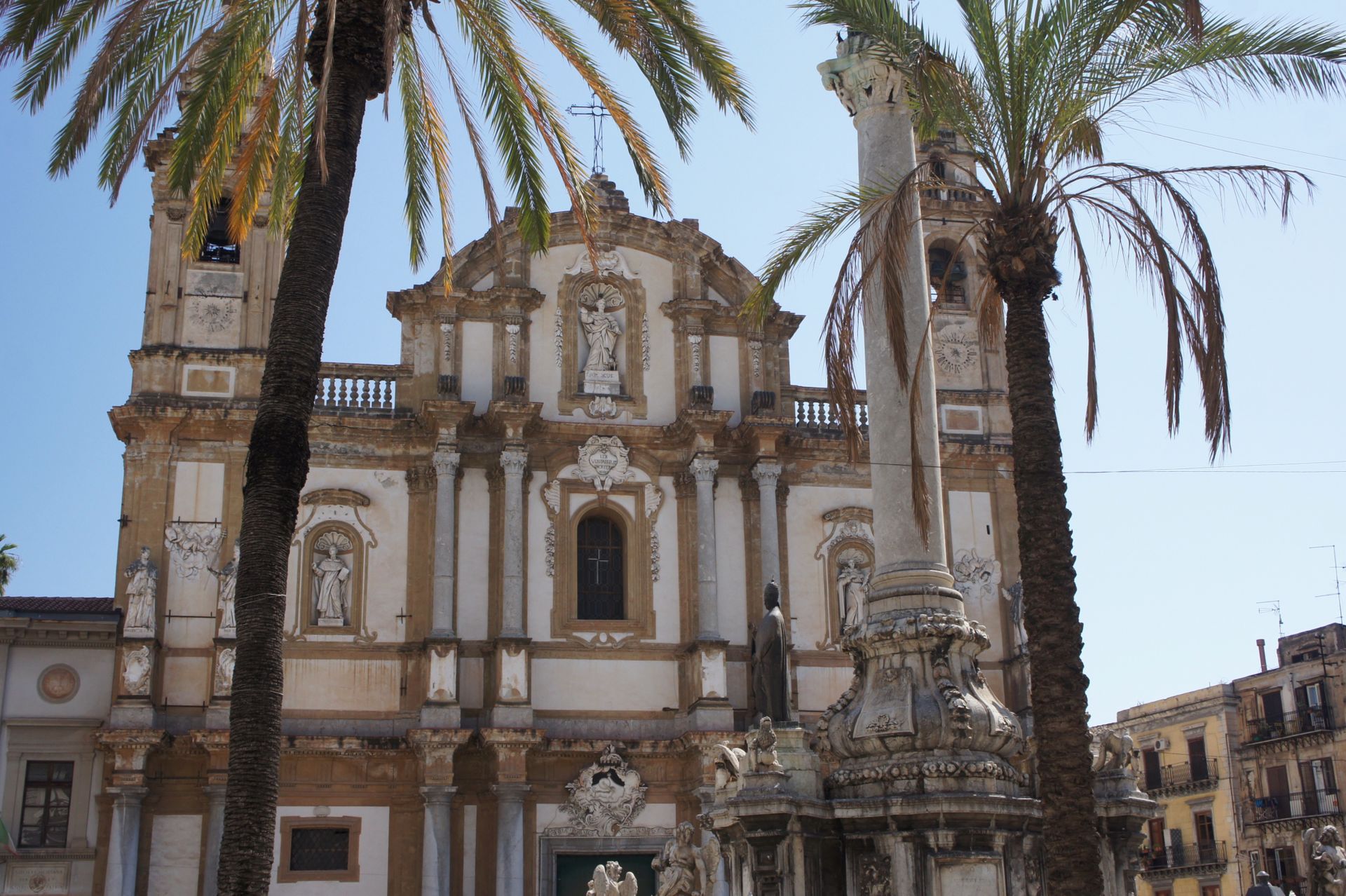
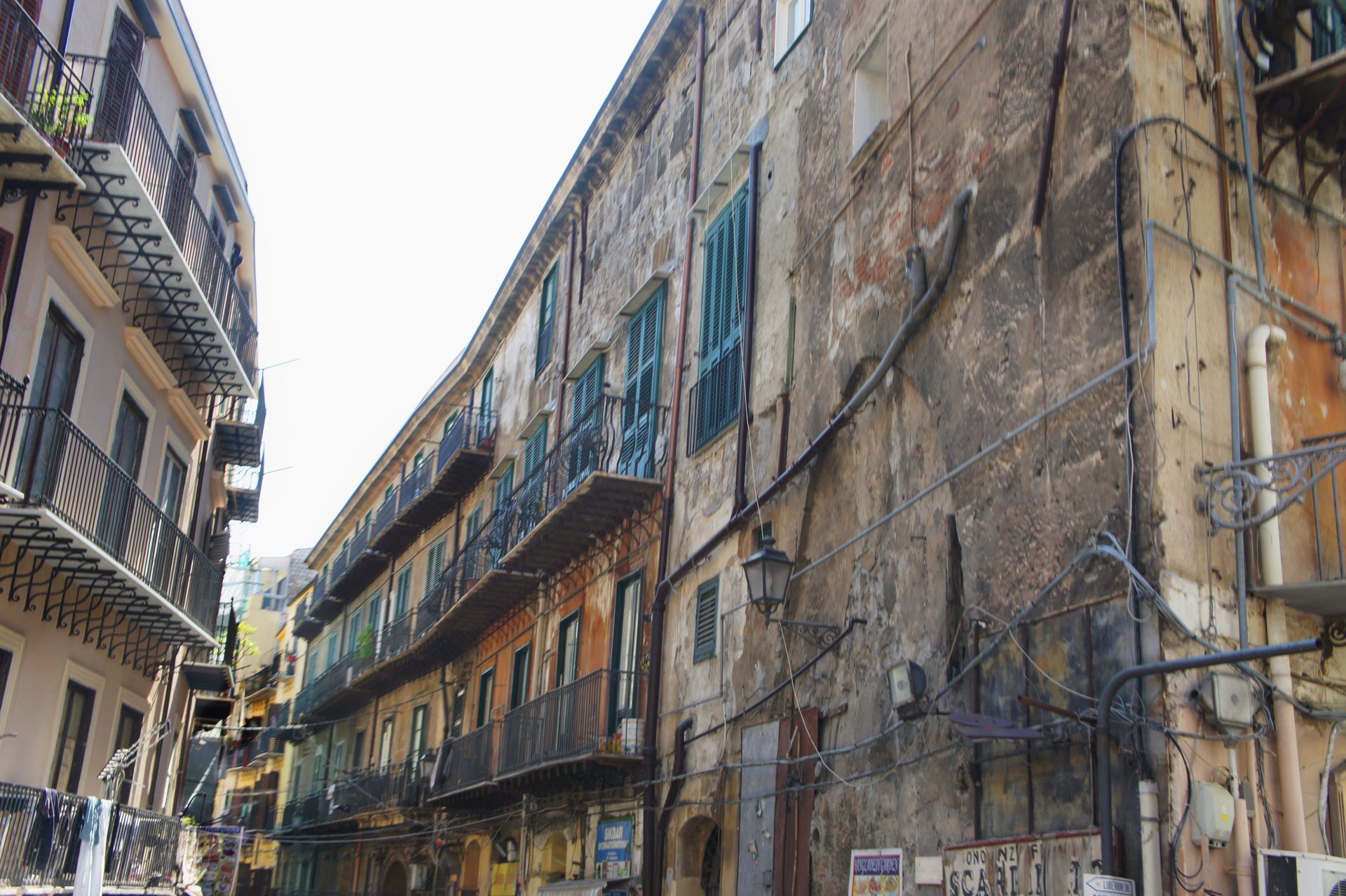


We got off near the Royal Palace, unaware that we had a long walk ahead of us. We walked through the often dirty streets that already have a suburban character here, towards the Capuchin Catacombs. The catacomb complex under the Capuchin monastery is one of the most famous in the world with its natural mummies. Among the deceased is the well-preserved body of Rosalia Lombardo, who died in 1920 at the age of almost two from the Spanish flu. We entered the cellar carefully and with due respect. The mummies are laid out or lie in open coffins on the sides of the corridors. As we walk along the rows, they seem to gaze at us. Death is present, almost staring at us. The mummies have an attraction and at the same time evoke horror. The rooms, which could also resemble a haunted house, are real. The mummies have names and were real during their time.
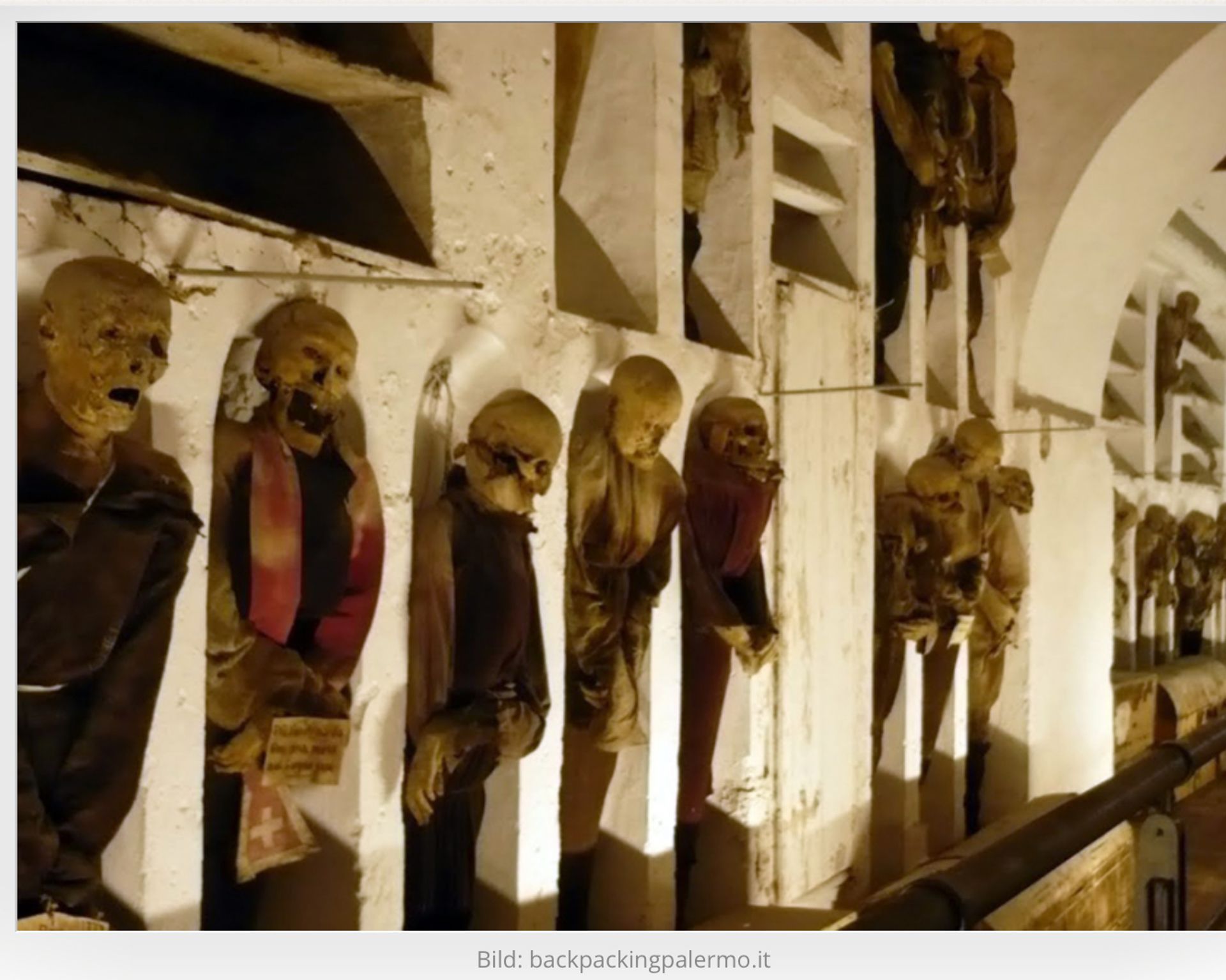
Afterwards, we visited the neighboring cemetery, which appears quite alien with its typical Italian mausoleums. An interesting detour.
Always looking for a bus, we made our way back to the hop-on-hop-off station. Fortunately, it was not too hot for July. 27-30 °C and on the shady side of the street, it was still bearable. With tired legs, we reached the bus and boarded it. We wanted to take a round trip around the city to rest, gather impressions, and let the city pass us by. Unfortunately, the bus took a 30-minute break at the port. The time passed quickly as an Italian couple appeared, looking for a specific restaurant, and loudly argued with the guide and the bus driver. We are in Italy.
Our plan was to ride to the cathedral, then stroll through the famous market, which was at the top of our to-do list, and then zigzag through the city back to the port.
We first visited the cathedral in a quick manner, as time allowed.
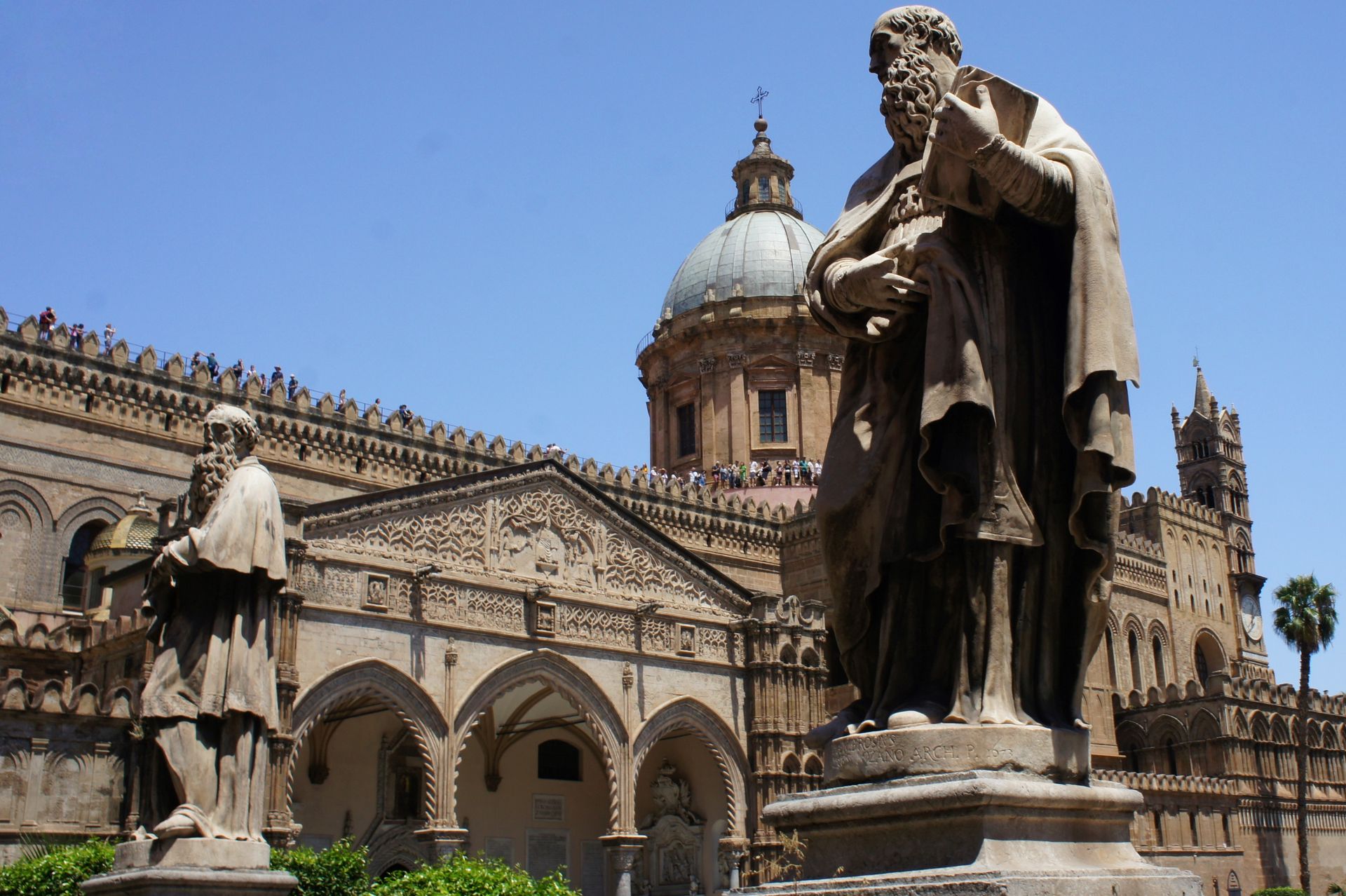
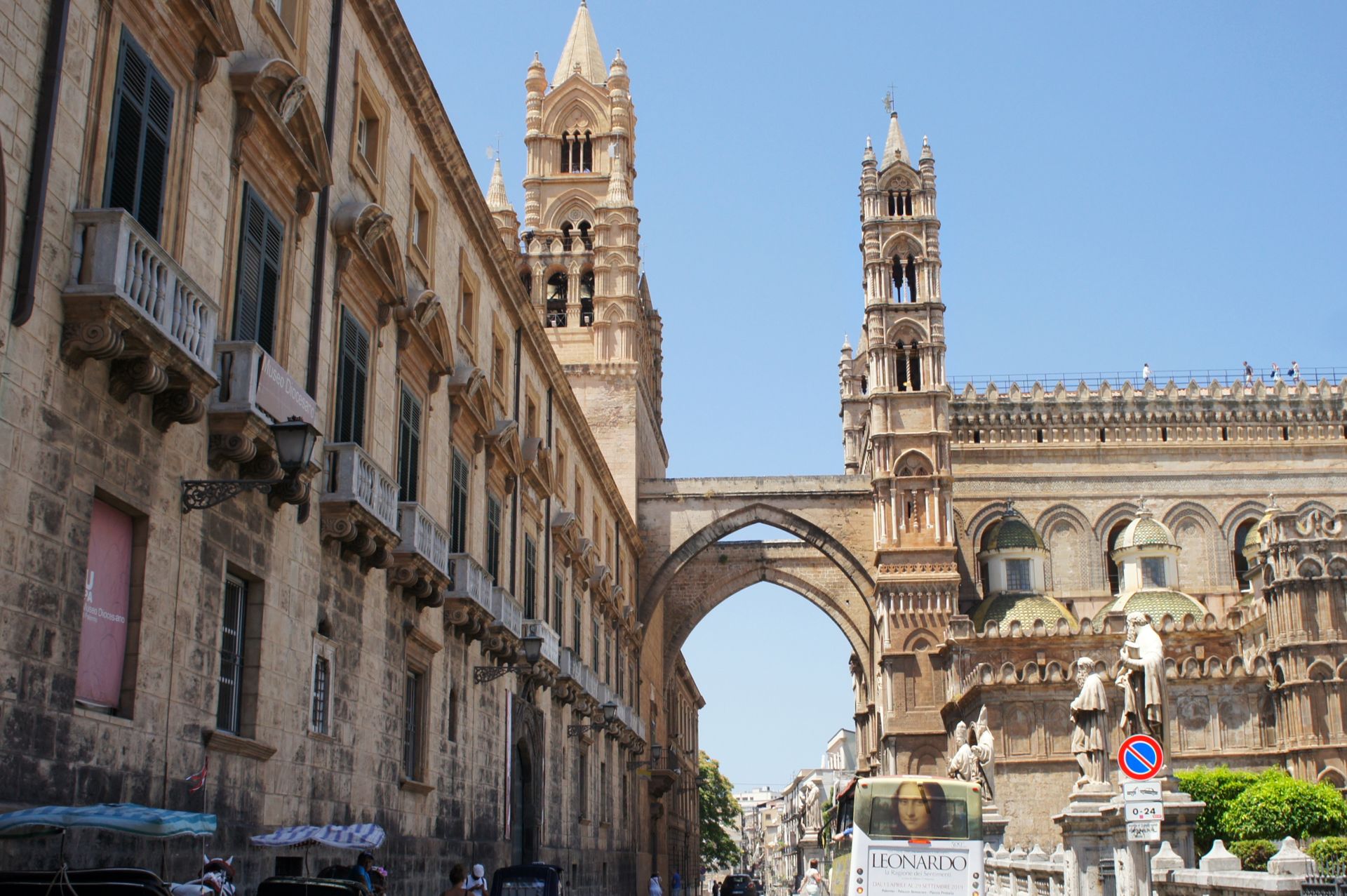
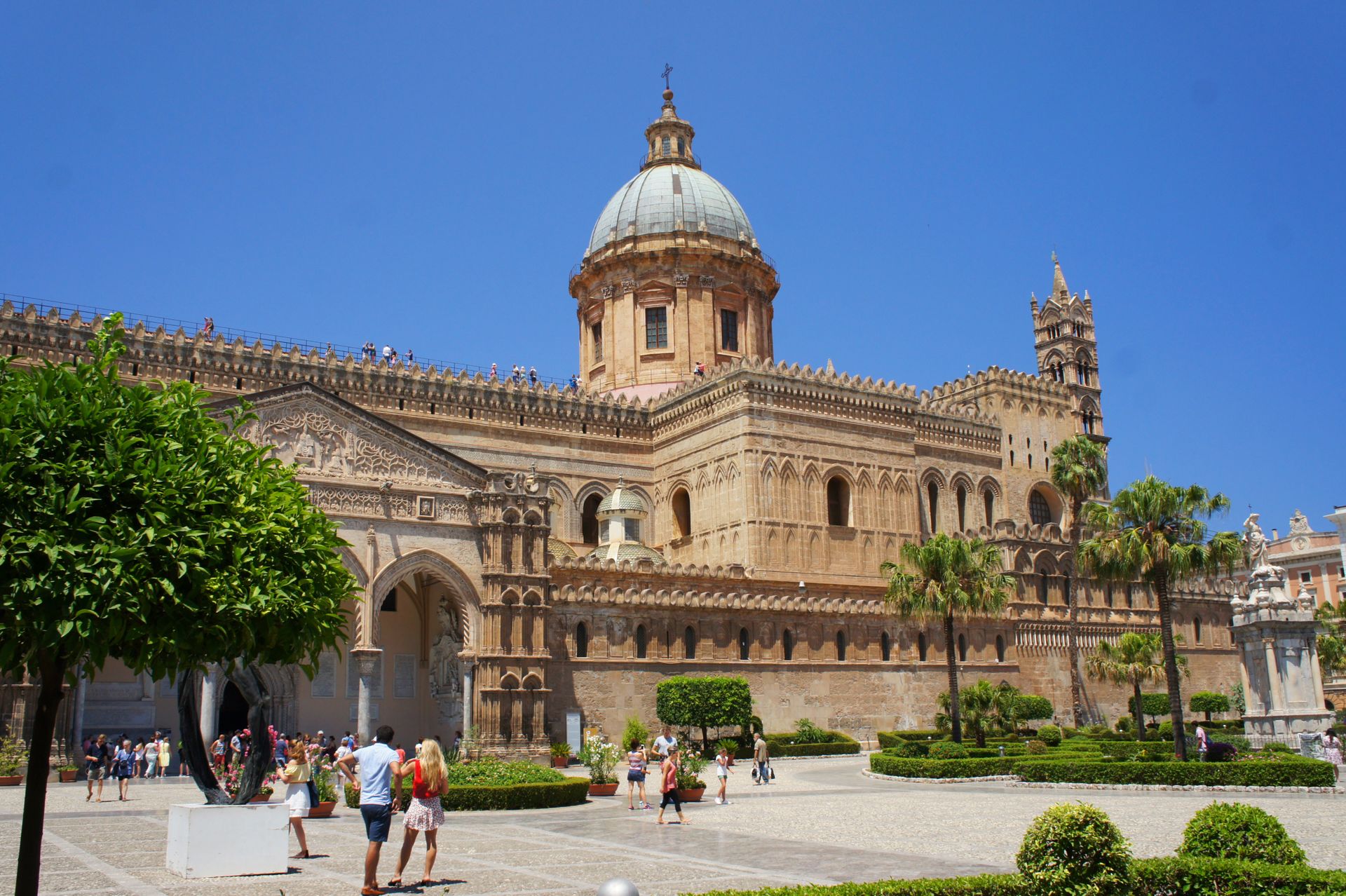
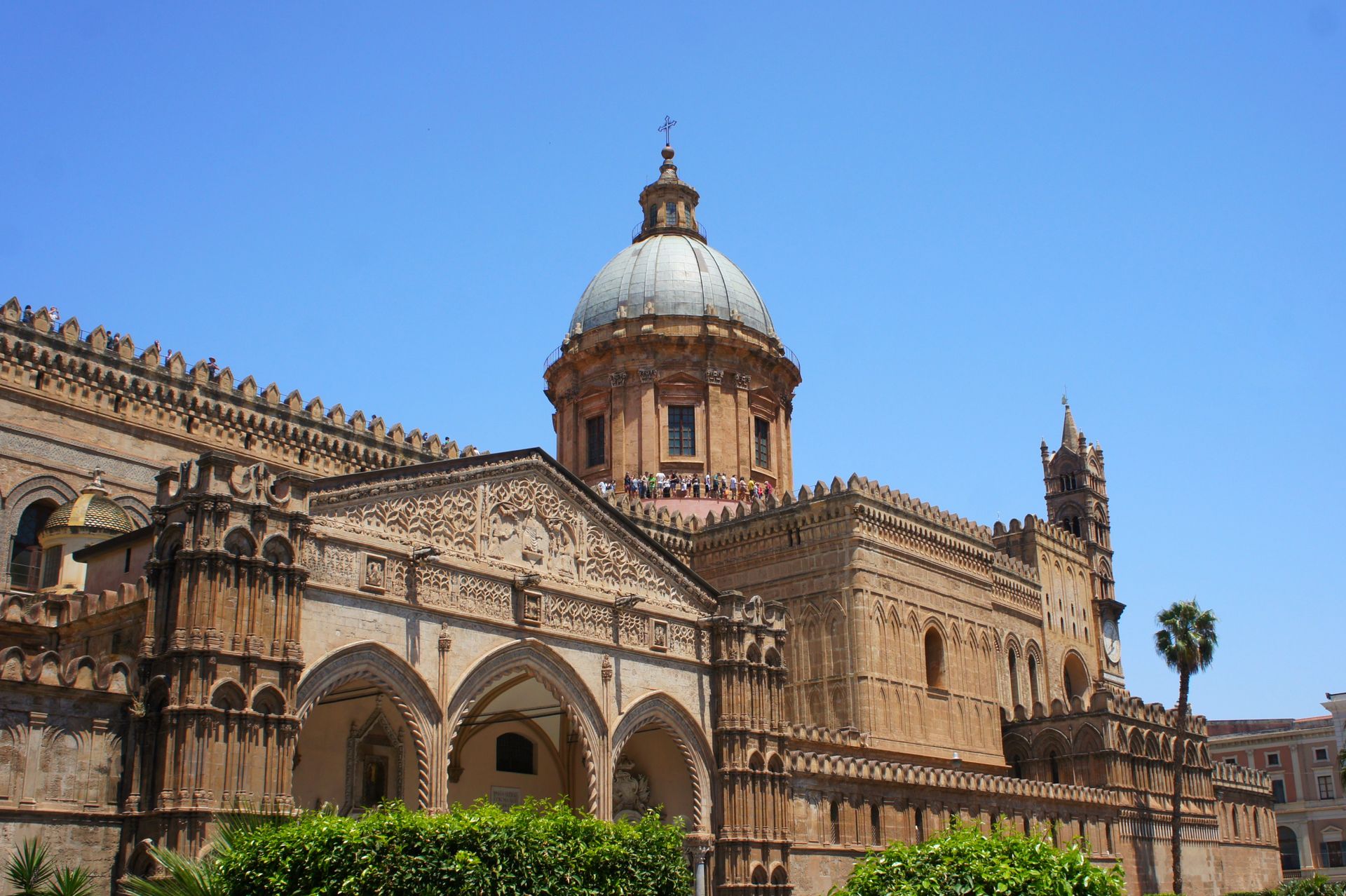
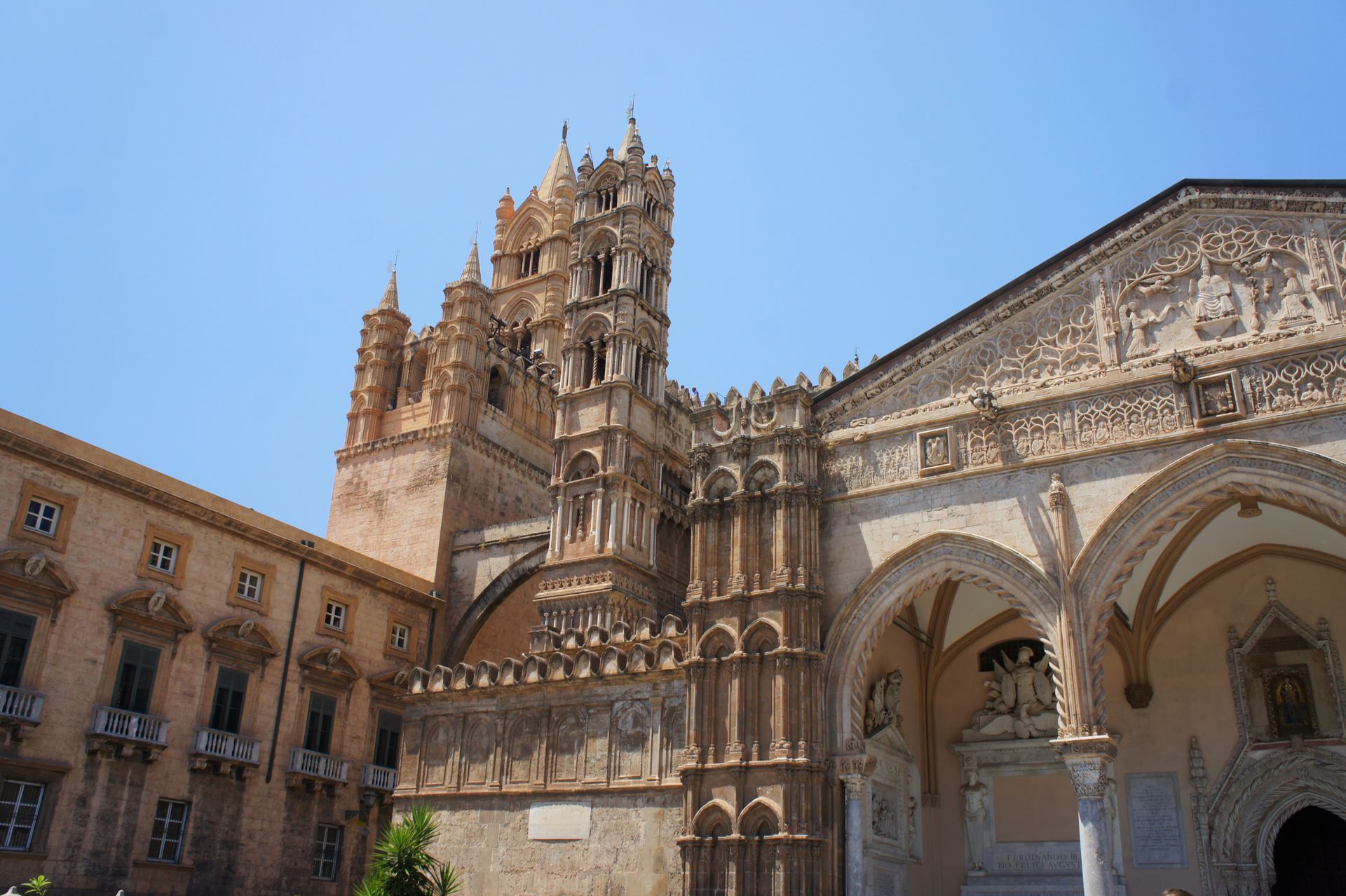
Then we walked off the main street towards the market, where we gained a small insight into the way of life of the locals. In a narrow alley about three meters wide, surrounded by tall buildings with laundry or power cables hanging from their balconies, there were camping tables and chairs with freshly prepared meals being eaten. Open doors or windows allowed glimpses into kitchens and living rooms. We liked this city.

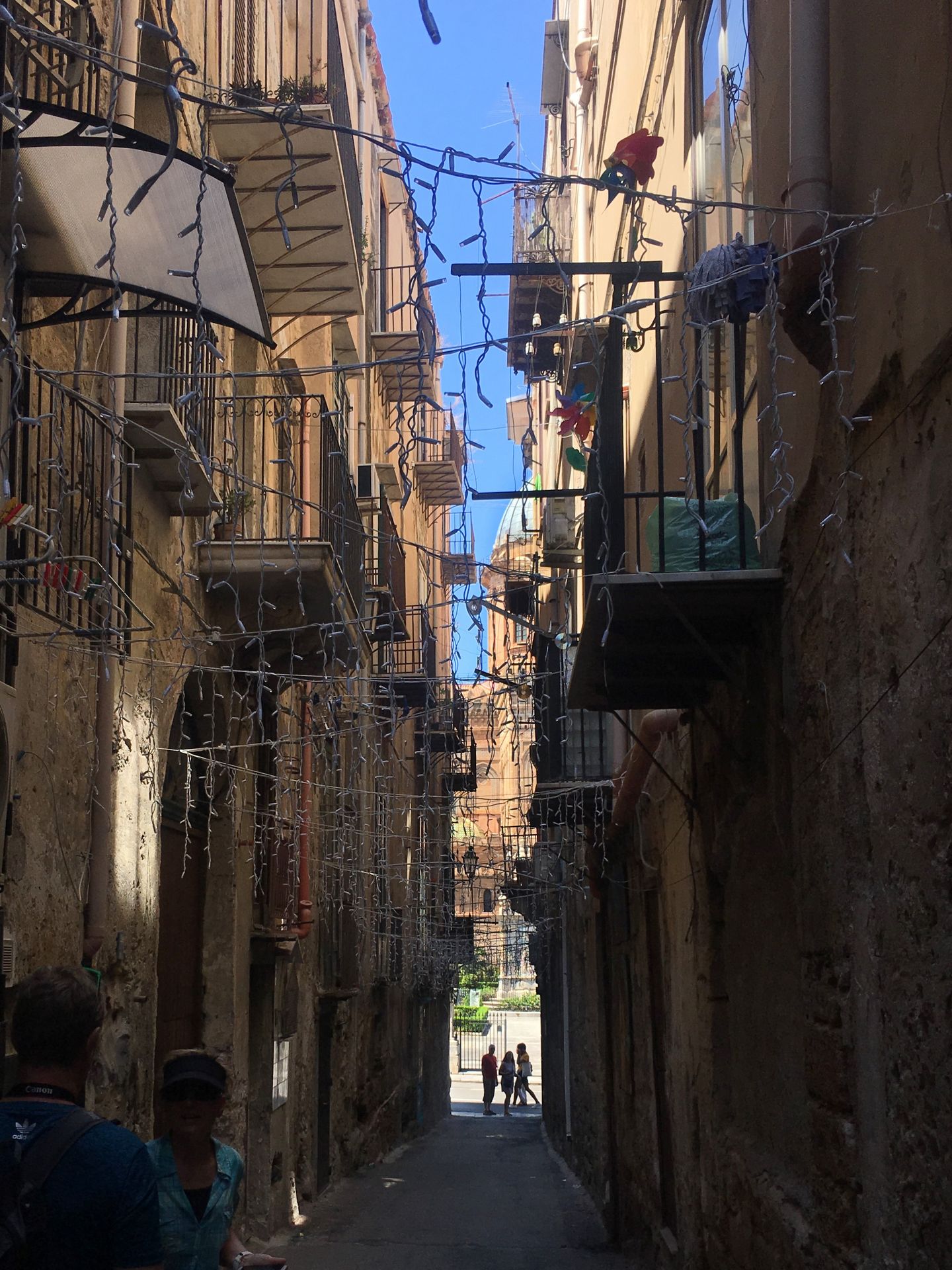
When we reached the market stalls, we unfortunately found that they had already been dismantled. Food waste on the streets gave a glimpse of what was on offer. Disappointed, we returned to Vittorio Emmanuelle Street, and here too, the crowd thinned out. The siesta had arrived.
The visit to a Mafia exhibition, which we discovered by chance, provided us with information about the city's history and gave us the opportunity to speak with local activists.
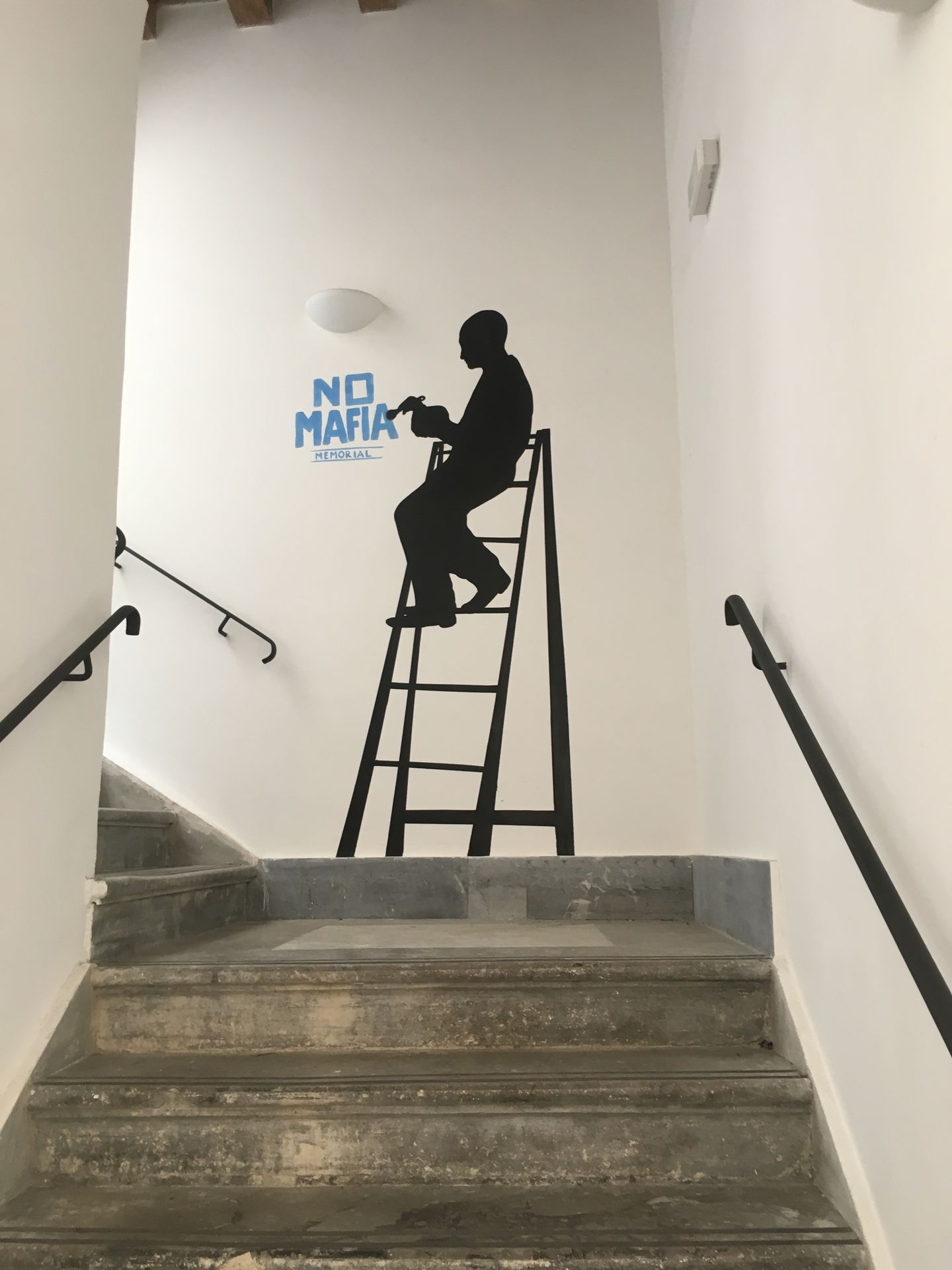
Our path led us further to Quattro Canti, a square framed by beautiful buildings in the historic center. Even here at the intersection, as almost everywhere, one can see that the buildings are falling into disrepair.
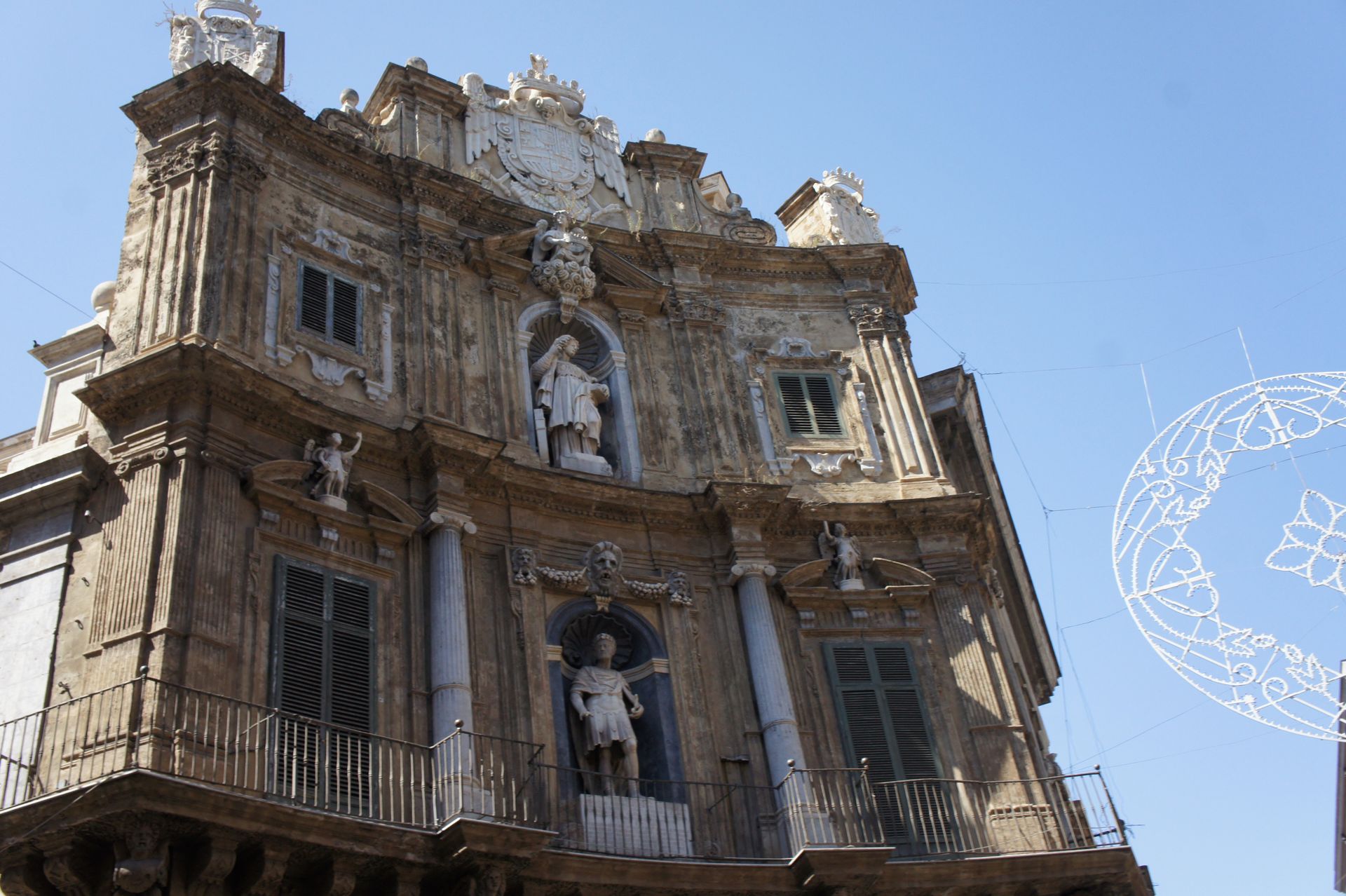

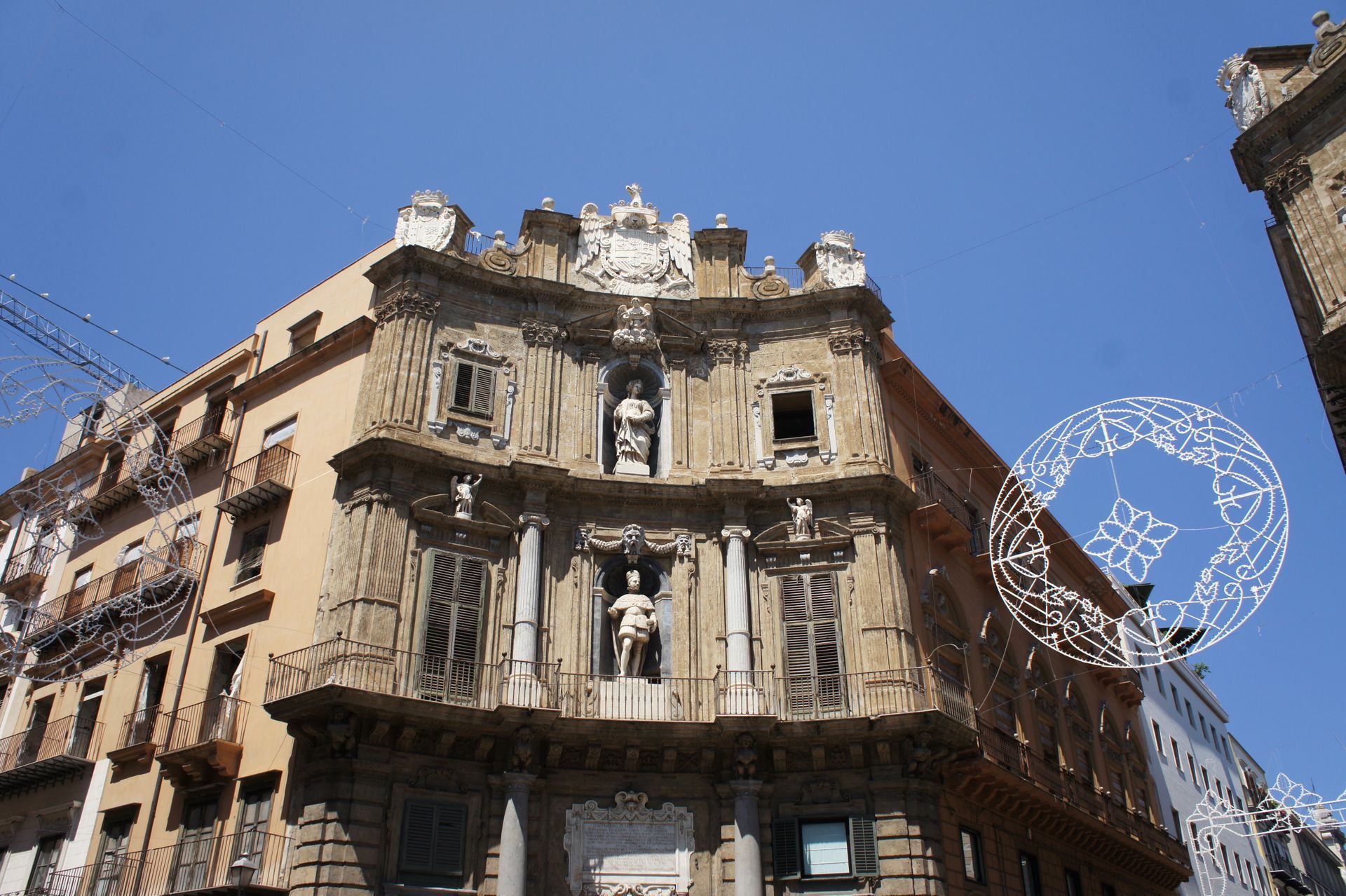

Just around the corner is the Fontana Pretoria, a fountain with a square of the same name created specifically for it
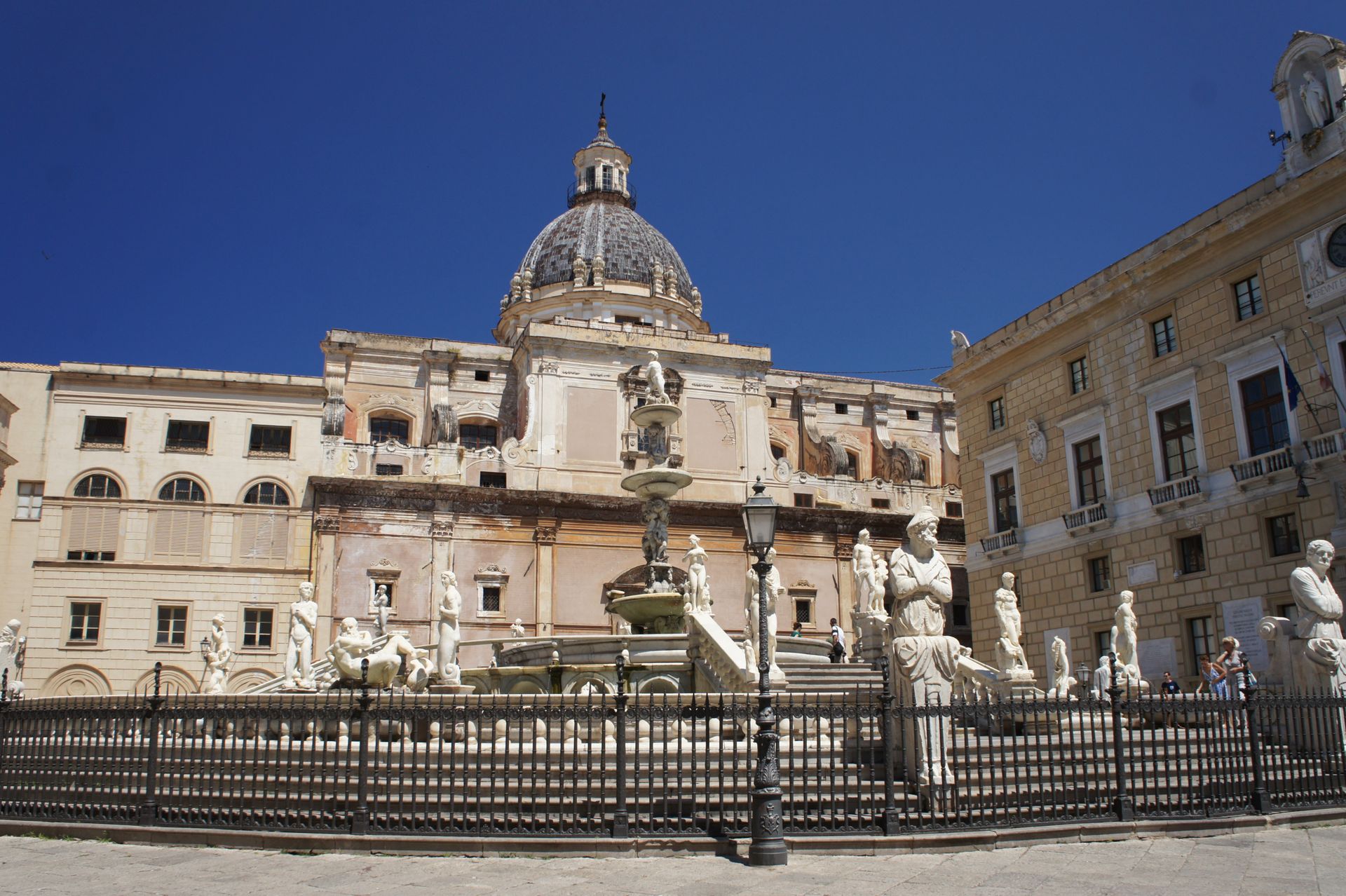
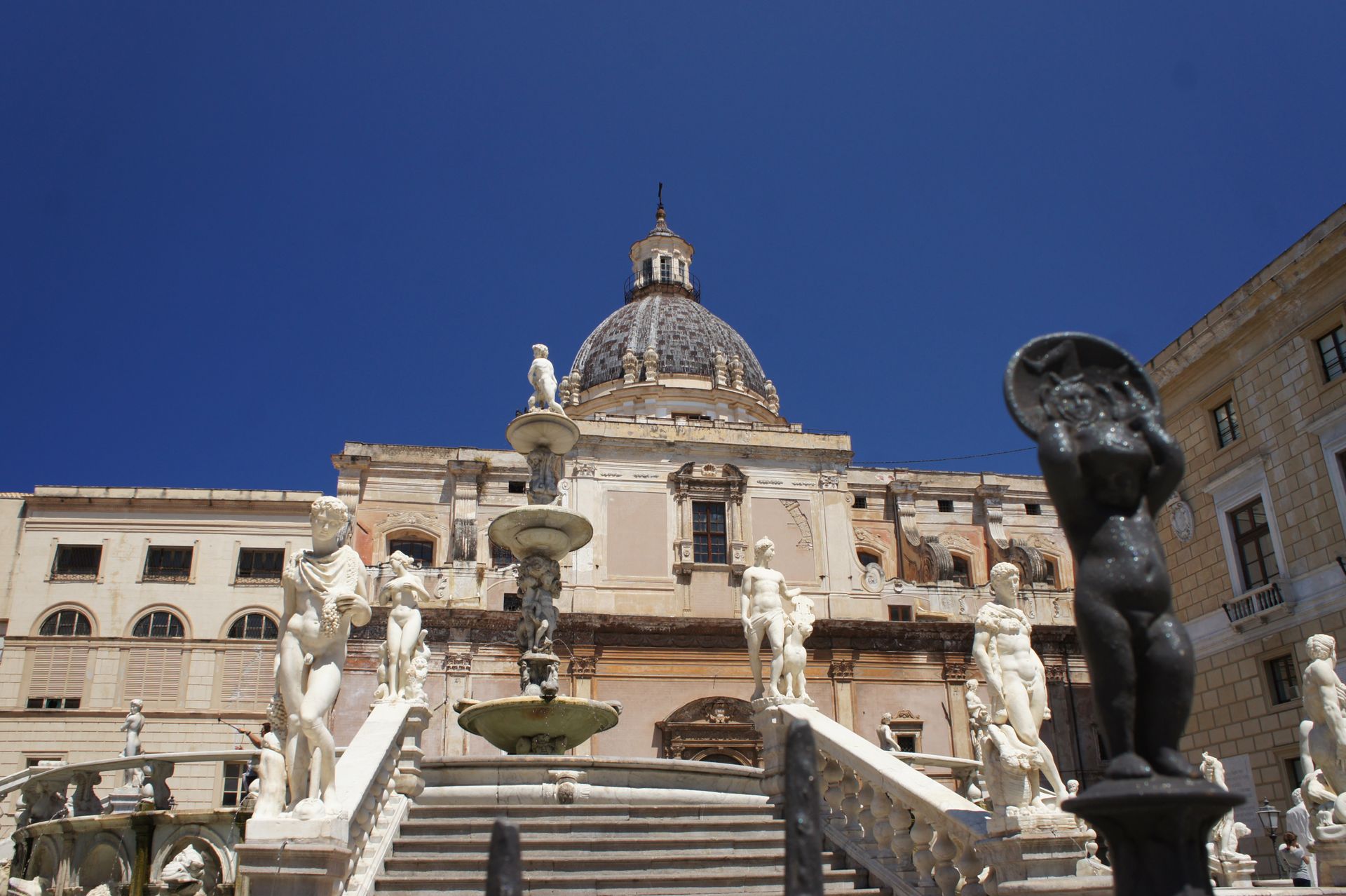

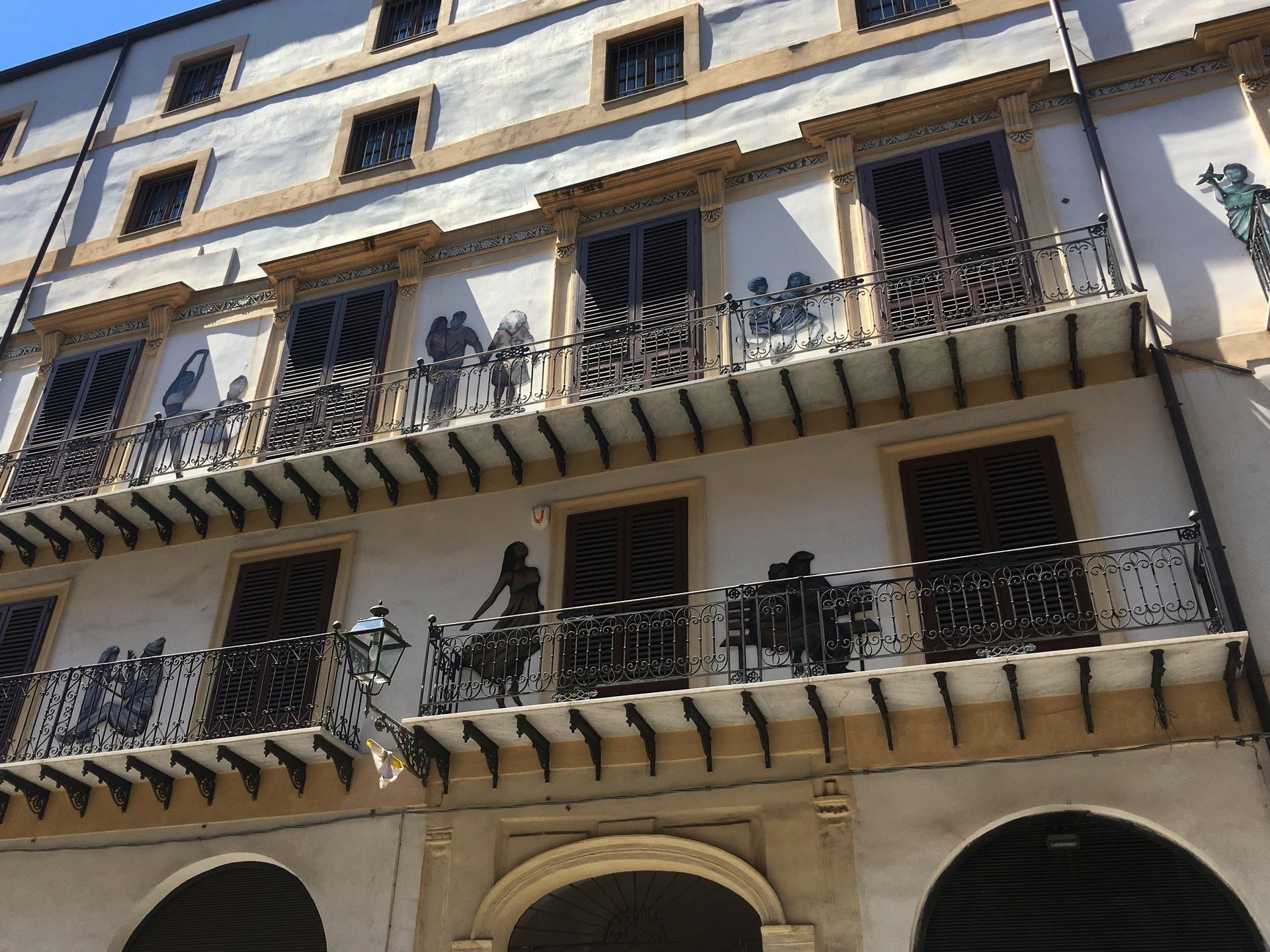
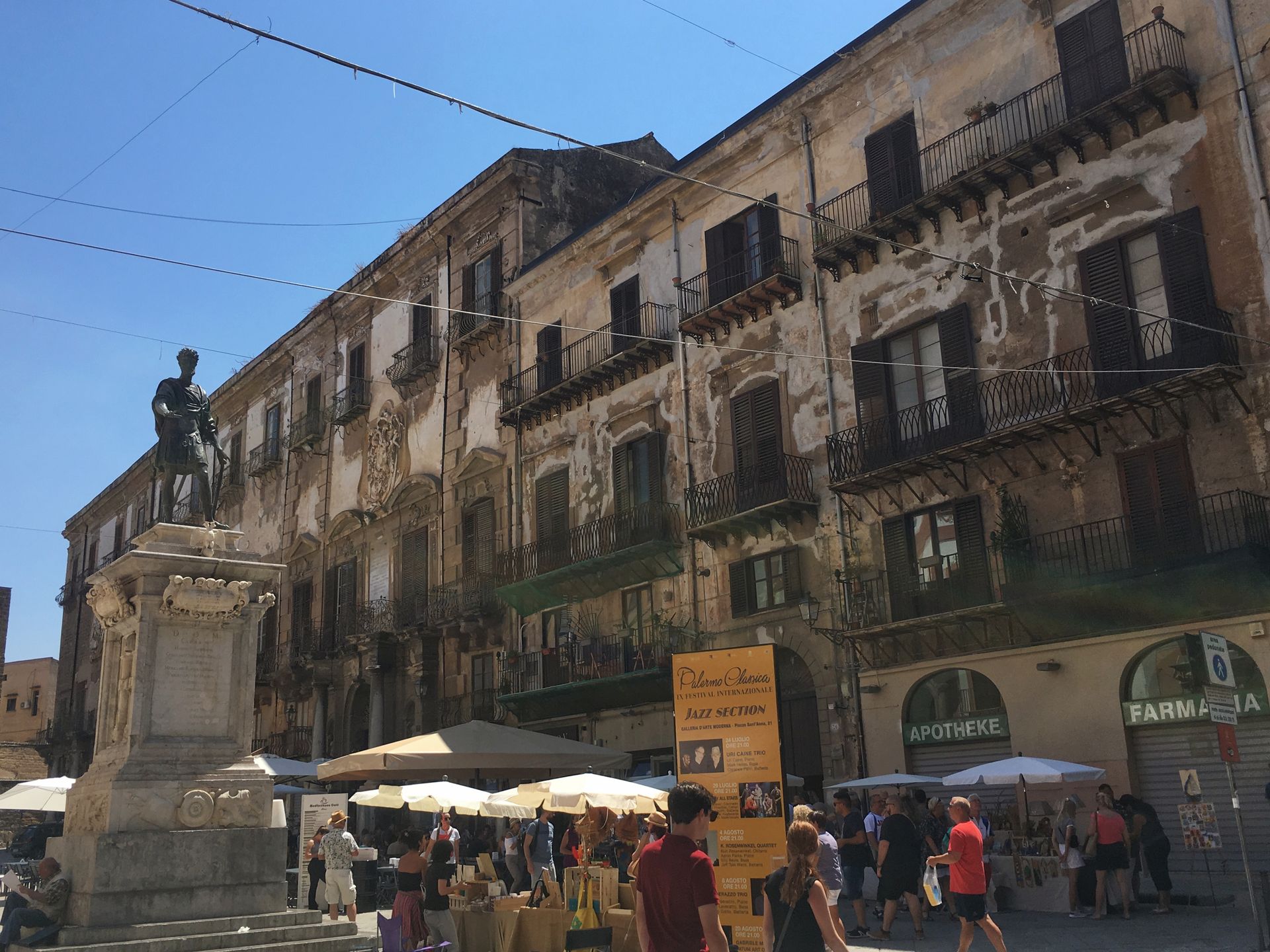
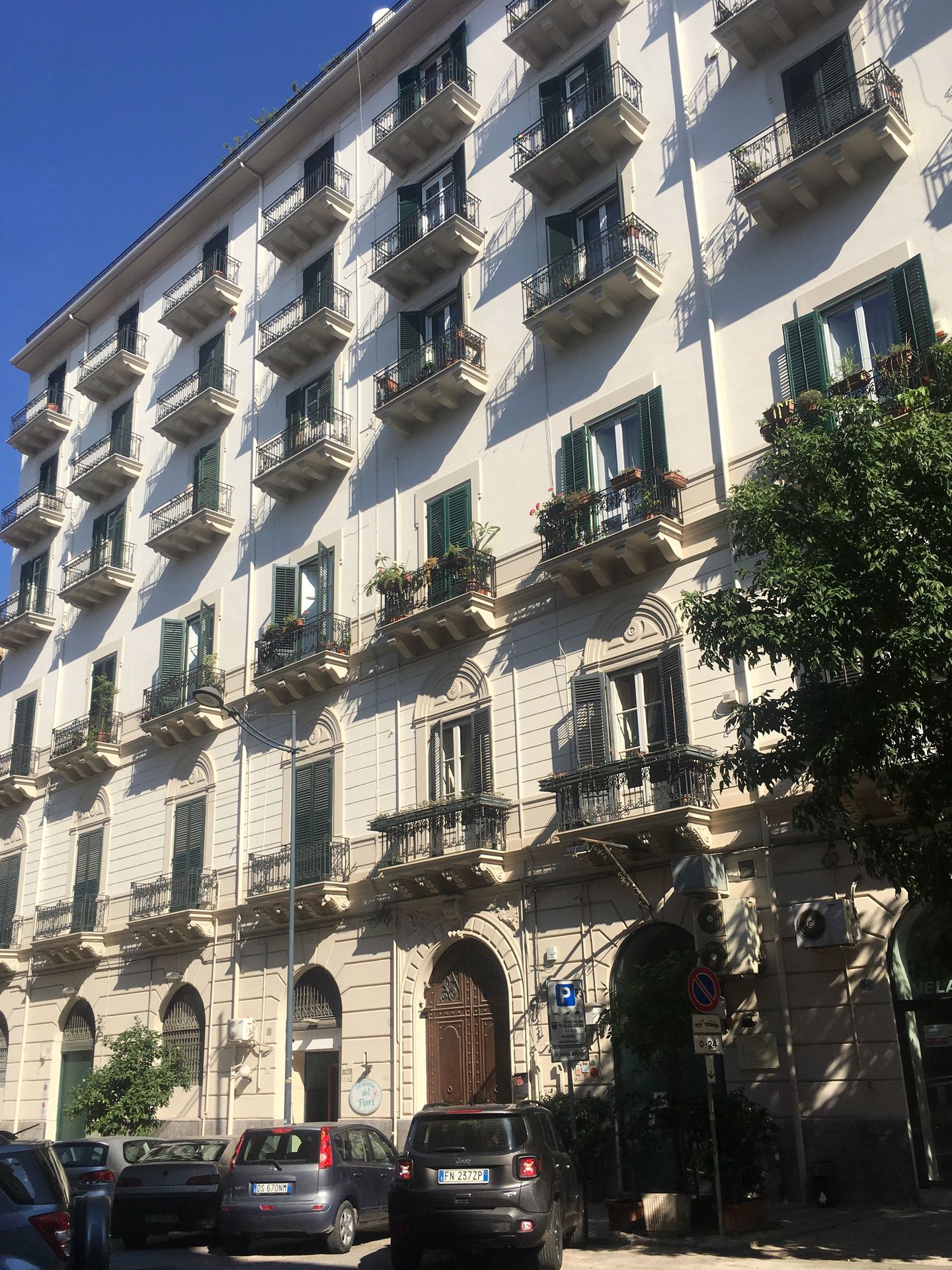
Along Via Maqueda, a street with countless restaurants and street vendors with outdoor seating, we reached the Teatro Massimo, Palermo's opera house.
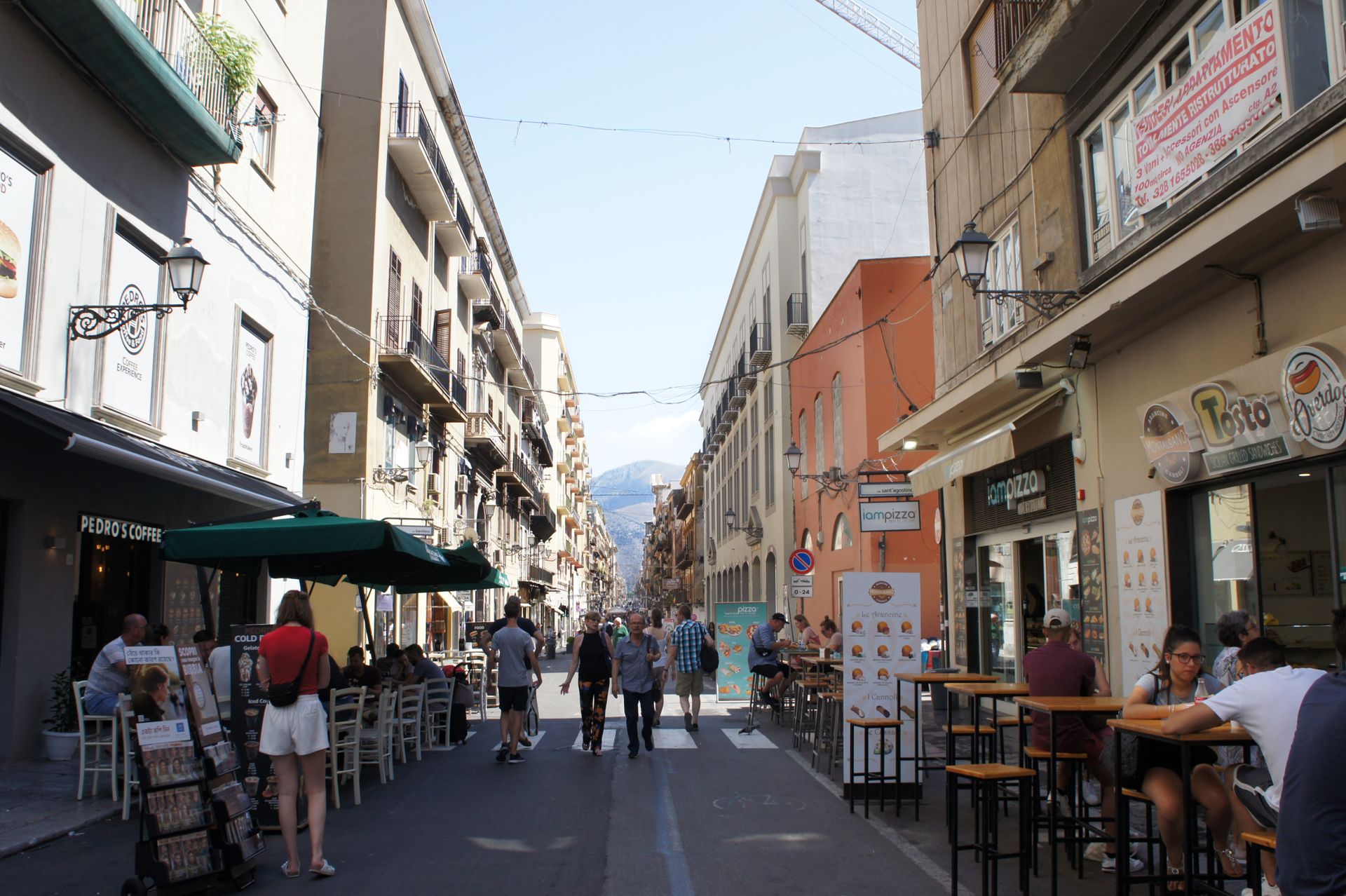

Our next stop was the famous Café Antico Spinnato. Here, they supposedly have the best pistachio ice cream in Sicily. We enjoyed it in a huge brioche. Of course, we also tried the cannolo, a kind of waffle filled with Panna Cotta, a specialty that is said to taste particularly good here. A beautiful café with an outdoor area on a quiet street and a peaceful square in the middle of the lively city. From here, it was only about a 15-minute walk to the port. So we spent the remaining time until "all on board" comfortably.
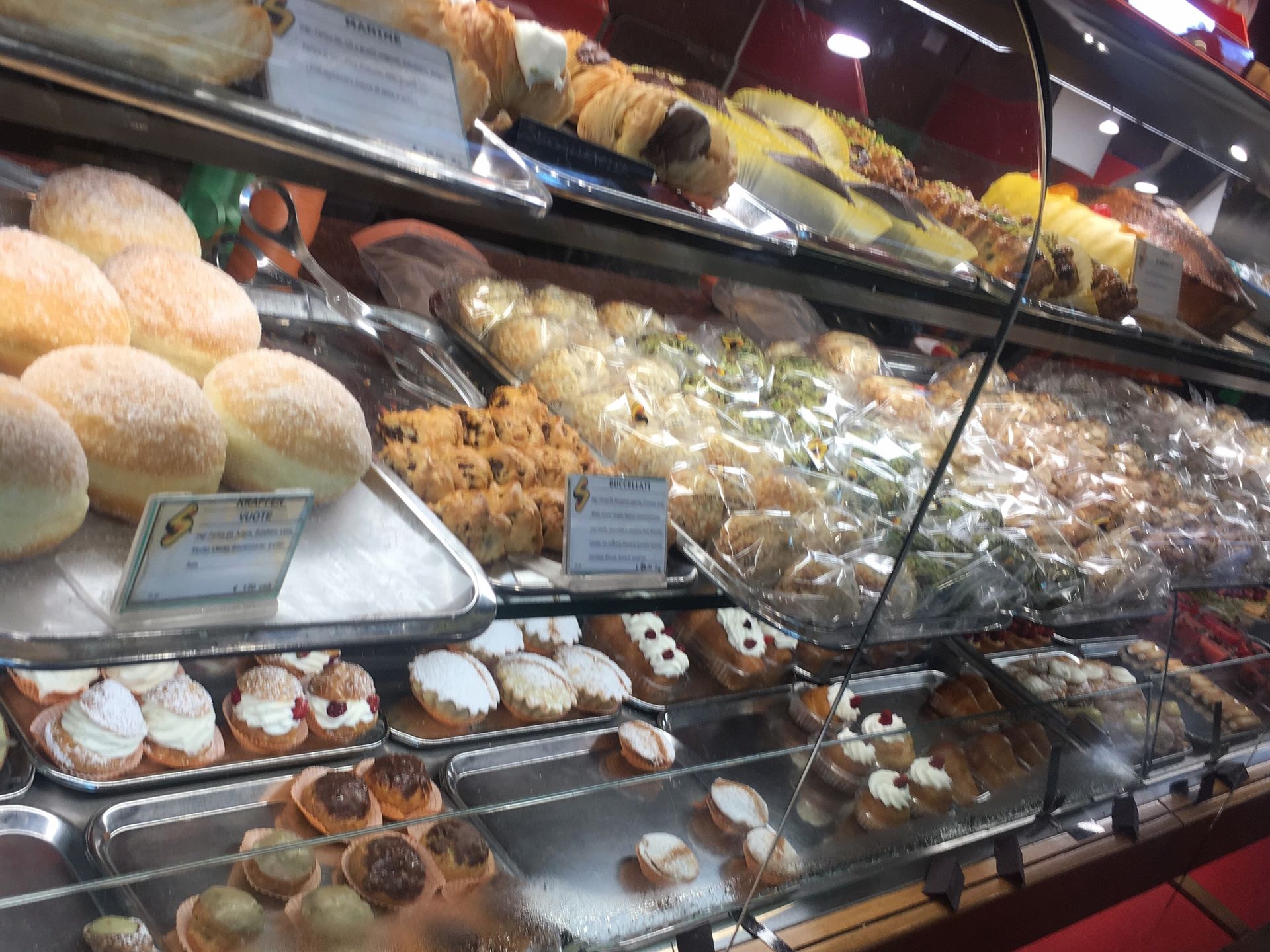
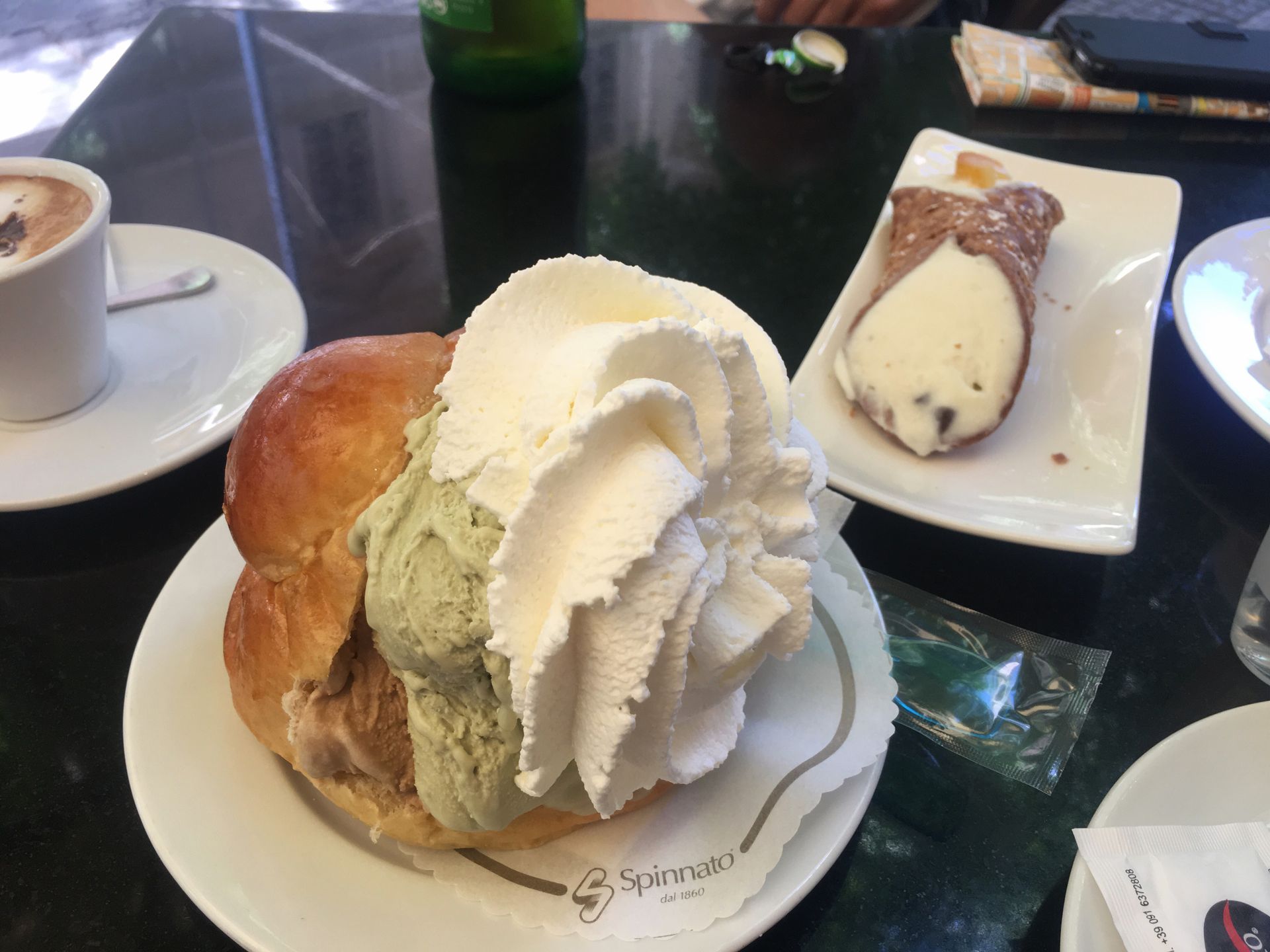
Conclusion: Palermo cannot be compared to other Italian tourist cities. It is chaotic, loud, often very dirty, and in need of renovation. There is no sign of its negative reputation as a mafia city. We also felt safe in the side streets. Visiting the city is definitely worth it. Not as crowded with tourists, Palermo is authentic. Pristine buildings line up one after another. The houses with their characteristic balconies, although not always well-maintained, are a sight to behold.
We have taken this city to our hearts.
Costs: Hop-on-hop-off bus €20 per person, Catacombs entrance fee €3 per person
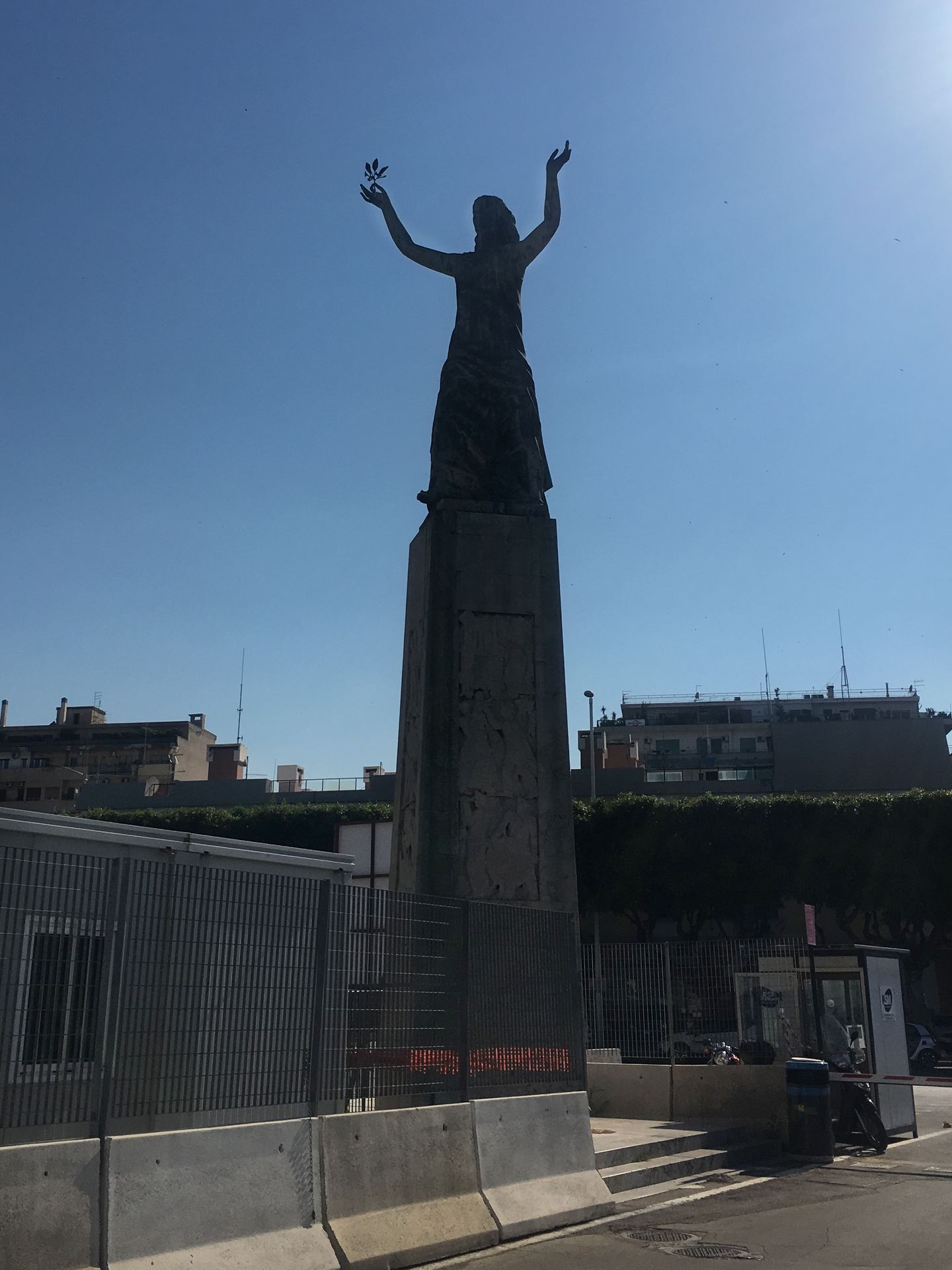
Ngolisa ho Newsletter
Araba
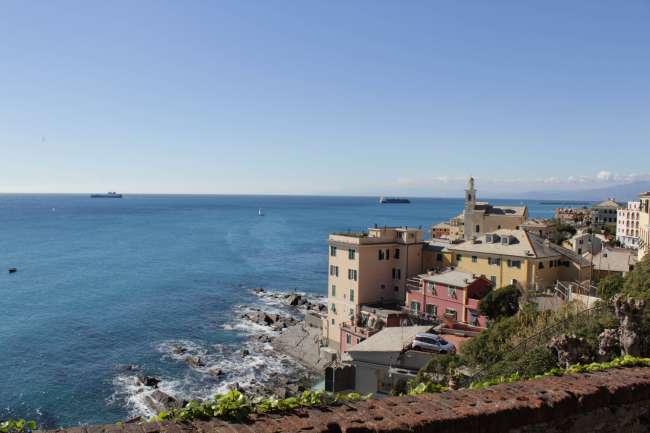
Litlaleho tsa maeto Italy
